The Kia Seltos small SUV has received a mid-life facelift, but is it enough to keep it fresh in 2023?
The slightly bigger small SUV became a hit in Australia when it first launched in 2019.
Now, four years later, the Seltos has received an update with a newer design in line with Kia’s edgier theme, more advanced technology, and a tweaked optional powertrain.
Yet, amid competition from the all-new Hyundai Kona, Toyota Corolla Cross and Mazda CX-30, does the updated Seltos still fare well?
EDITOR’S NOTE: Two press vehicles were provided by Kia Australia for a total of 14-days for an independent evaluation. No copy approval was given before publication and we have no commercial arrangements with the company.
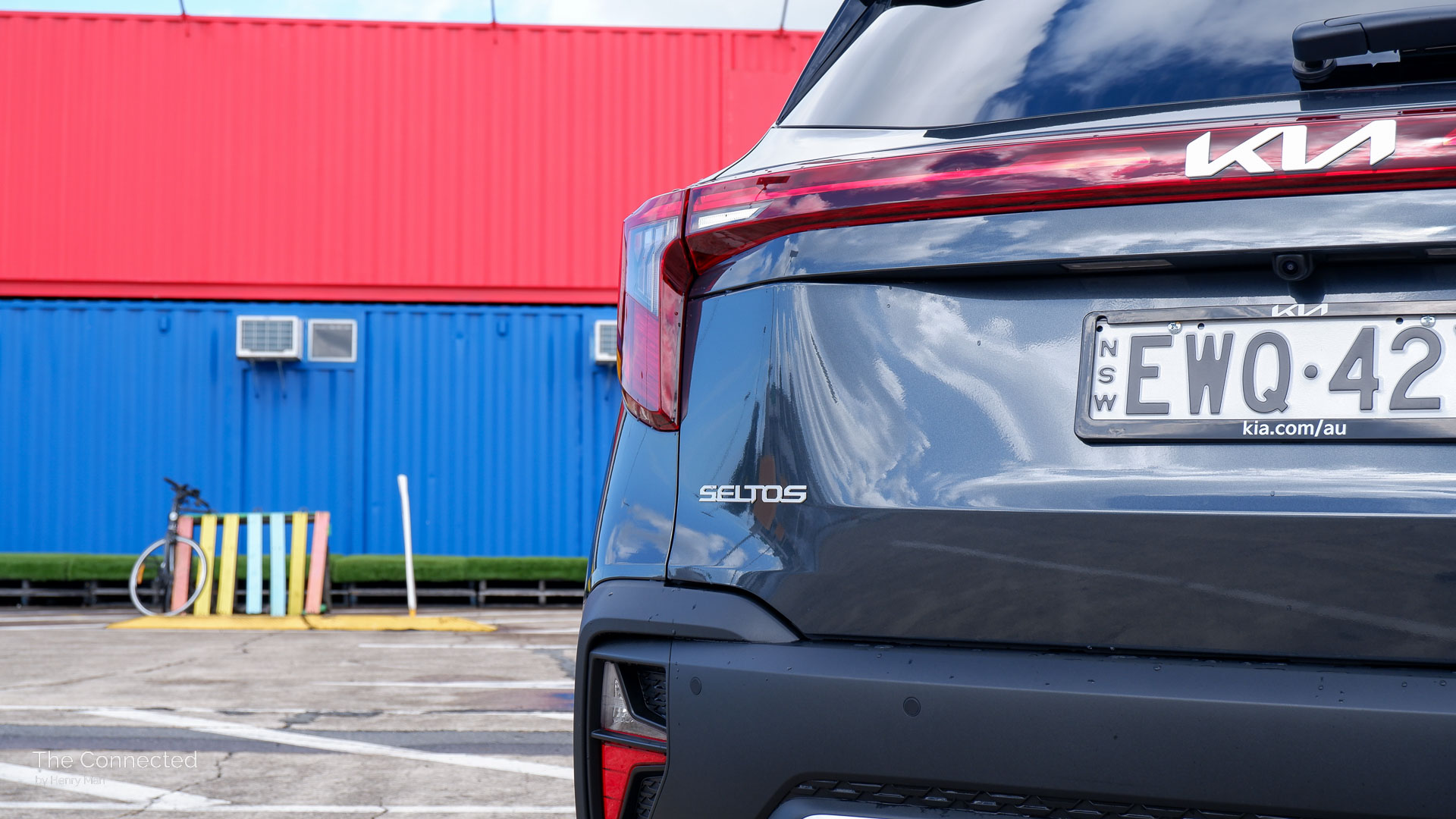

Pros.
+ Base model is the best value
+ Sharper exterior design
+ Practical ‘old Kia’ charms
+ Spacious interior
+ Comfortable ride
Cons.
– Poor value on higher variants
– Sensitive auto lights
– Particularly irritating chimes
– Interior feels dated
– Optional 1.6T isn’t worth it
Vehicles tested:
| Model | 2023 Kia Seltos | |
| Variant | Sport+ 2.0L | GT-Line 1.6T |
| Starting price | $35,800 before on-road costs | $44,900 before on-road costs |
| Exterior colour | Gravity Grey ($520) | Clear White with Black Roof |
| Interior colour | Black cloth and artificial leather | Black premium artificial leather |
| Options | 1.6-litre turbo-petrol engine, AWD ($3400) | |
| Country made | South Korea | |
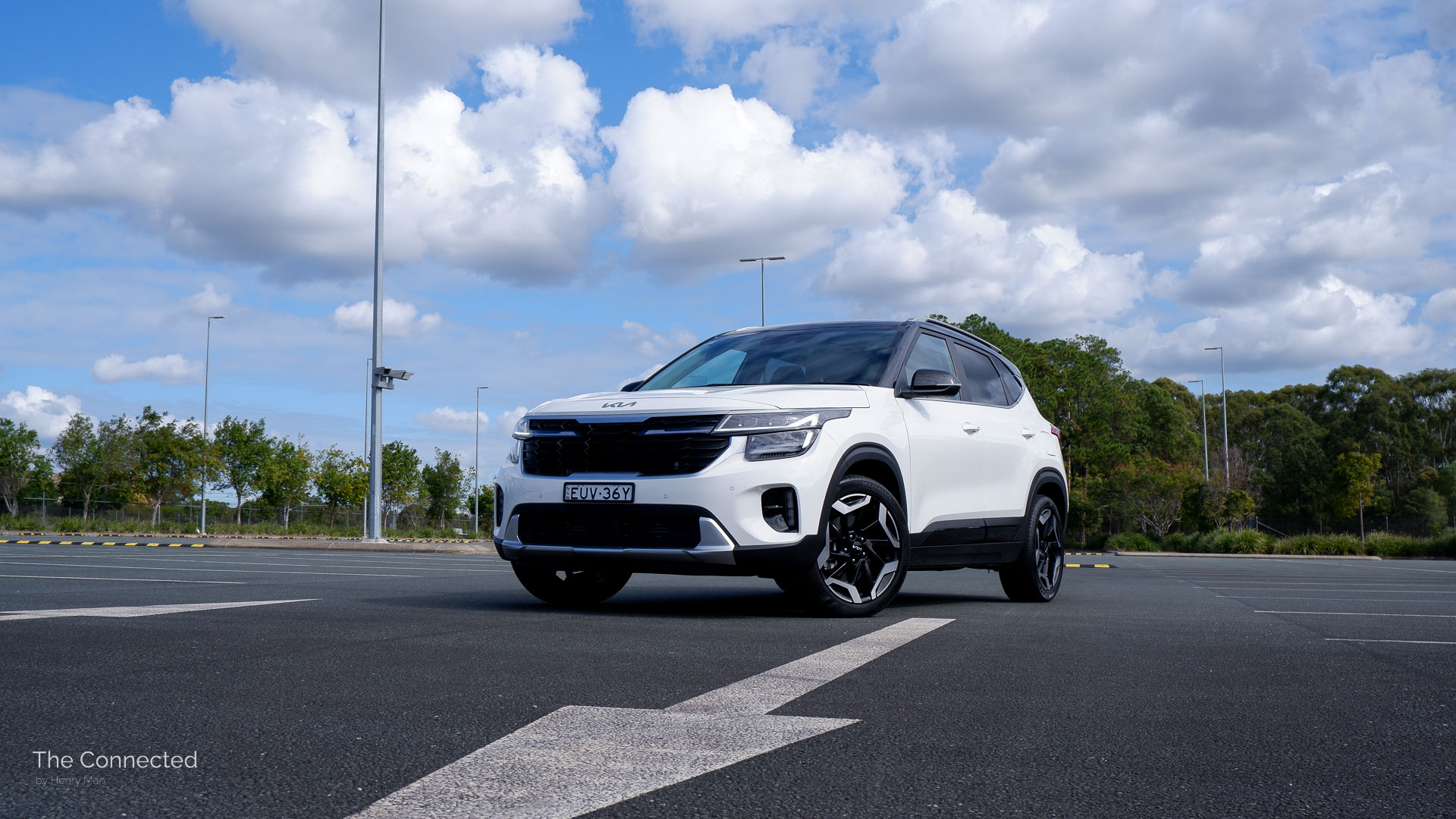
Design.
The facelifted Kia Seltos brings the brand’s latest edgy design theme, with sharper lights, a bolder grille and new wheel designs.
The small SUV is now more on brand with an exterior in line with the facelifted Picanto city car, Sorento SUV, and all-new EV9 large electric SUV.
However, it’s best showcased on the top-spec GT-Line, where only it has ‘star map’ LED headlights with a strip going in the grille, bold three-line front indicators, a razor-blade like full-width LED rear light bar, sharp 18-inch alloy wheels, and gloss black accents.
Unfortunately, the the flagship GT-Line still uses incandescent indicators at the rear. If you opt for the black-painted roof, it removes the standard sunroof.
Meanwhile, the Sport+ (which shares its design with the Sport) has a more subdued design with smaller but still bold 17-inch alloys and conventional plastic cladding and chrome trim.
Disappointingly, even though the Sport+ is the second-from-the-top variant, this facelifted model still sticks with halogen lights – including the daytime running lights – which makes it look more cheap than the impressive GT-Line’s lights.
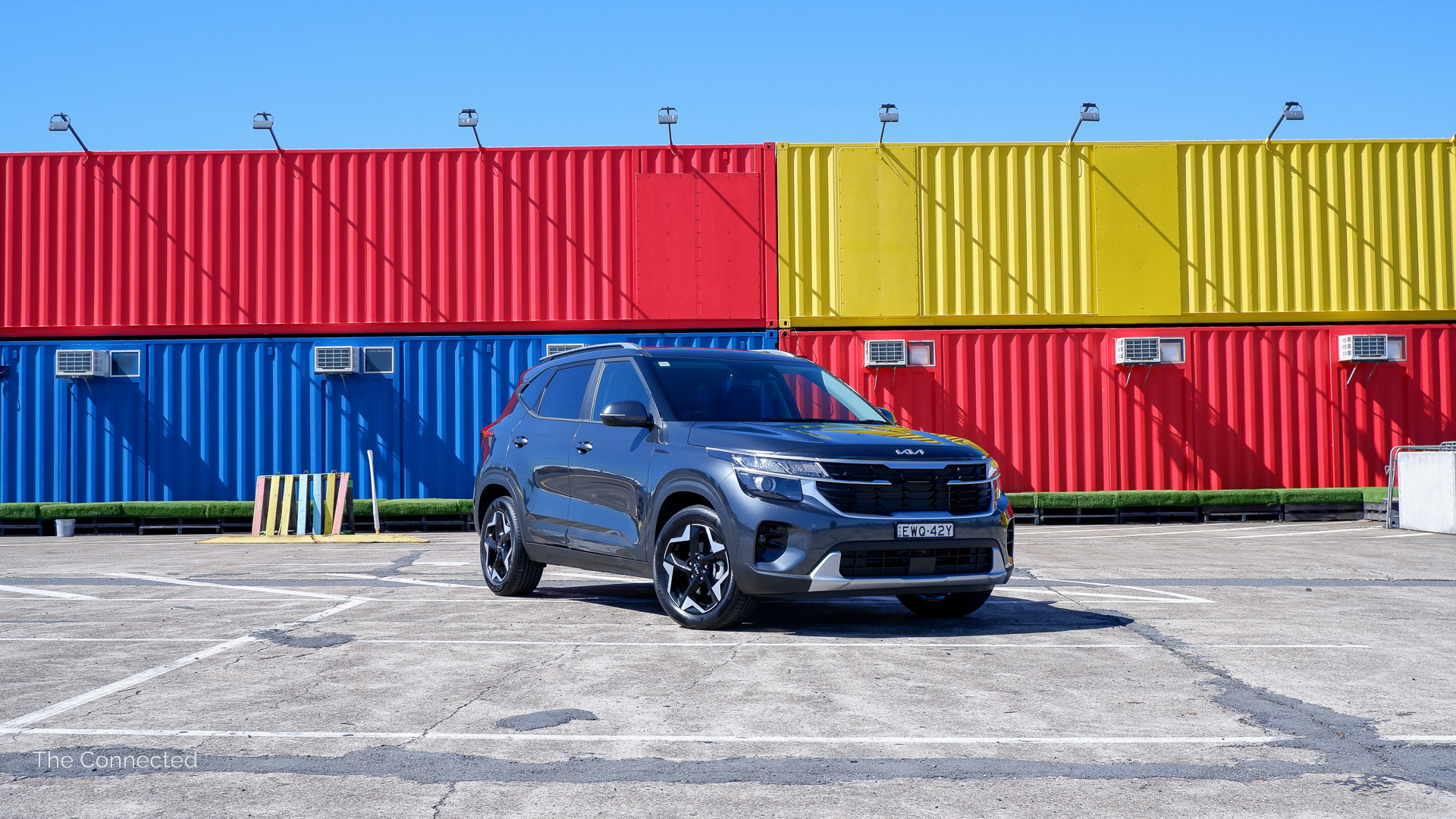
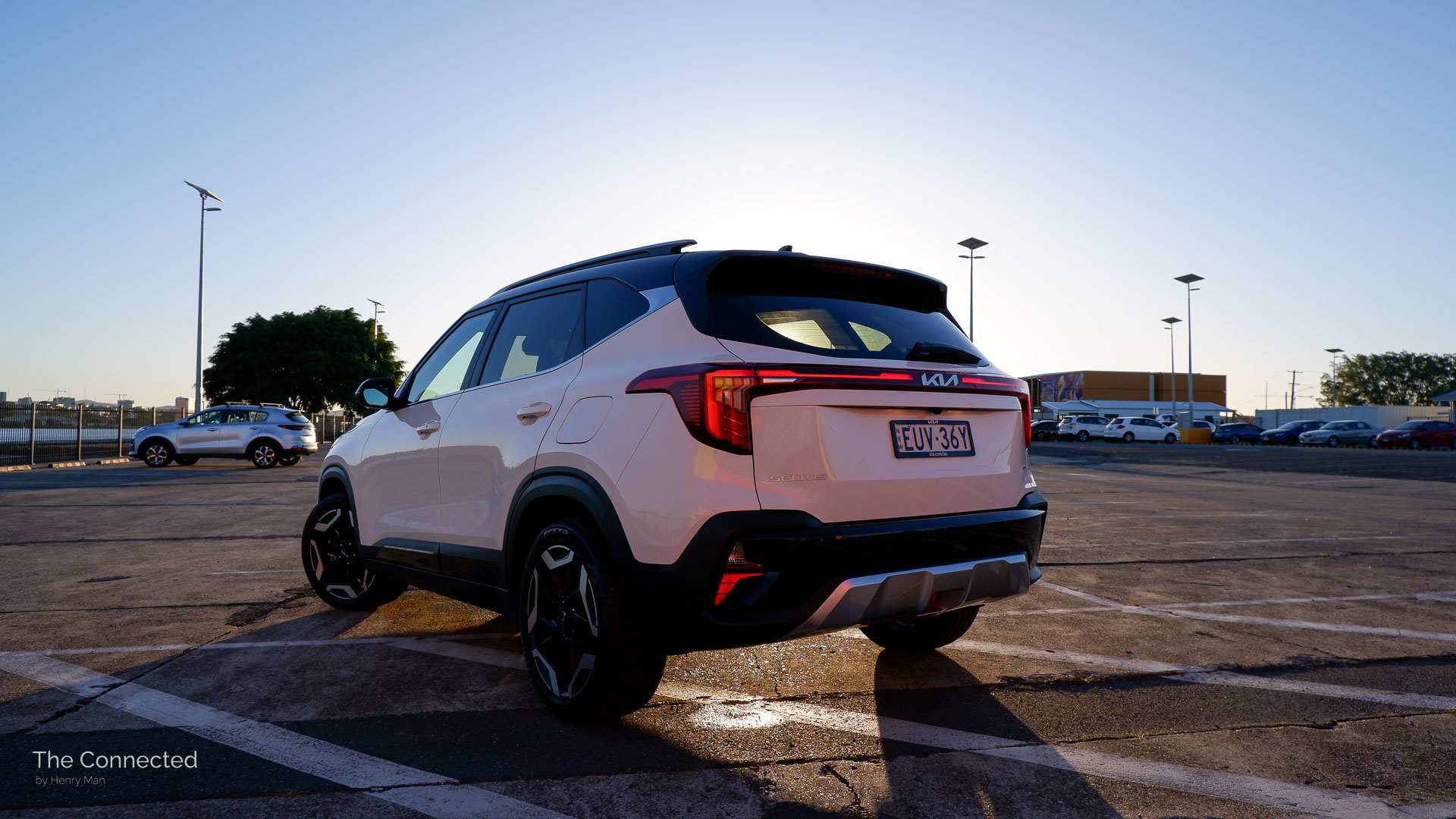
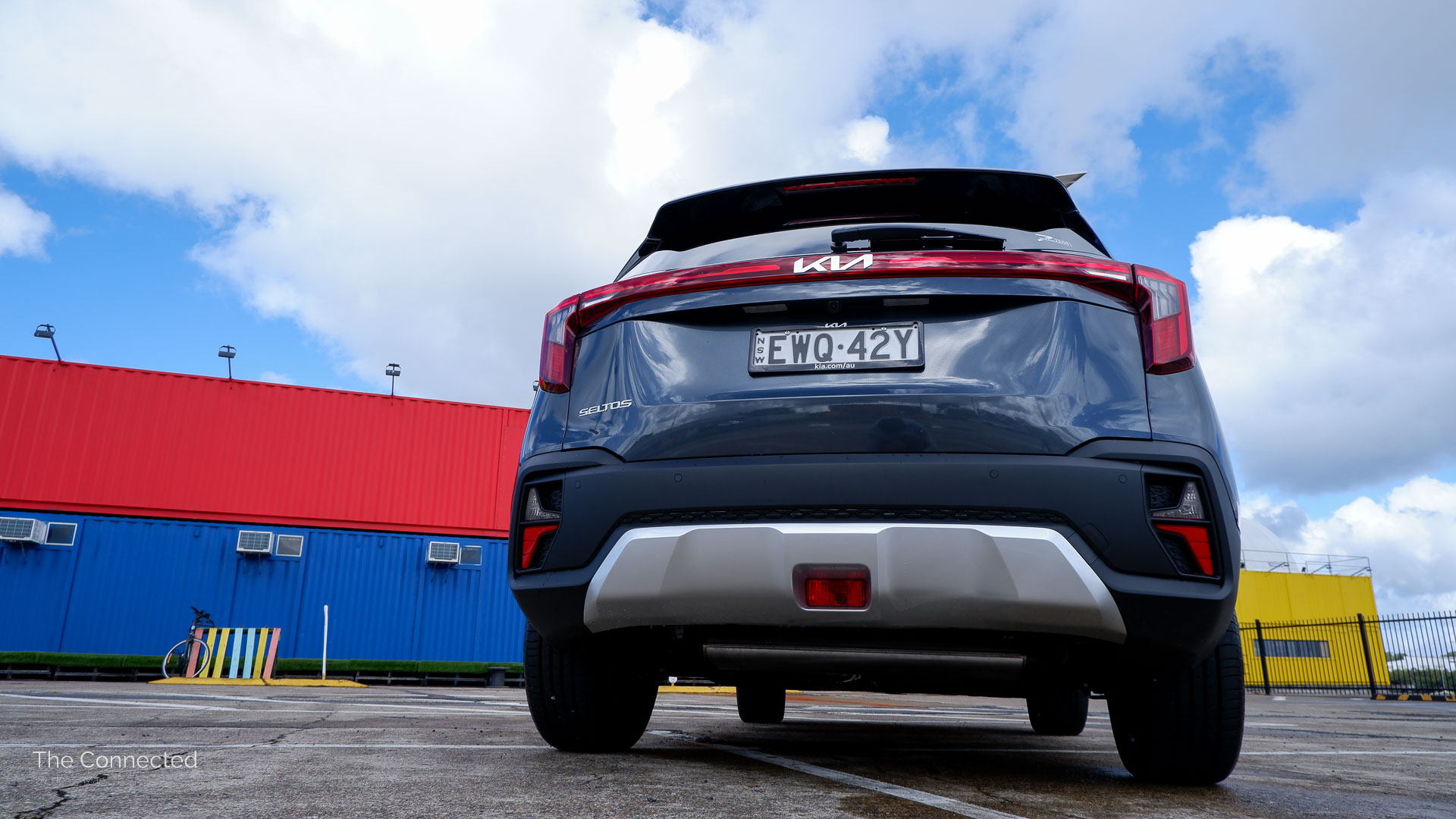
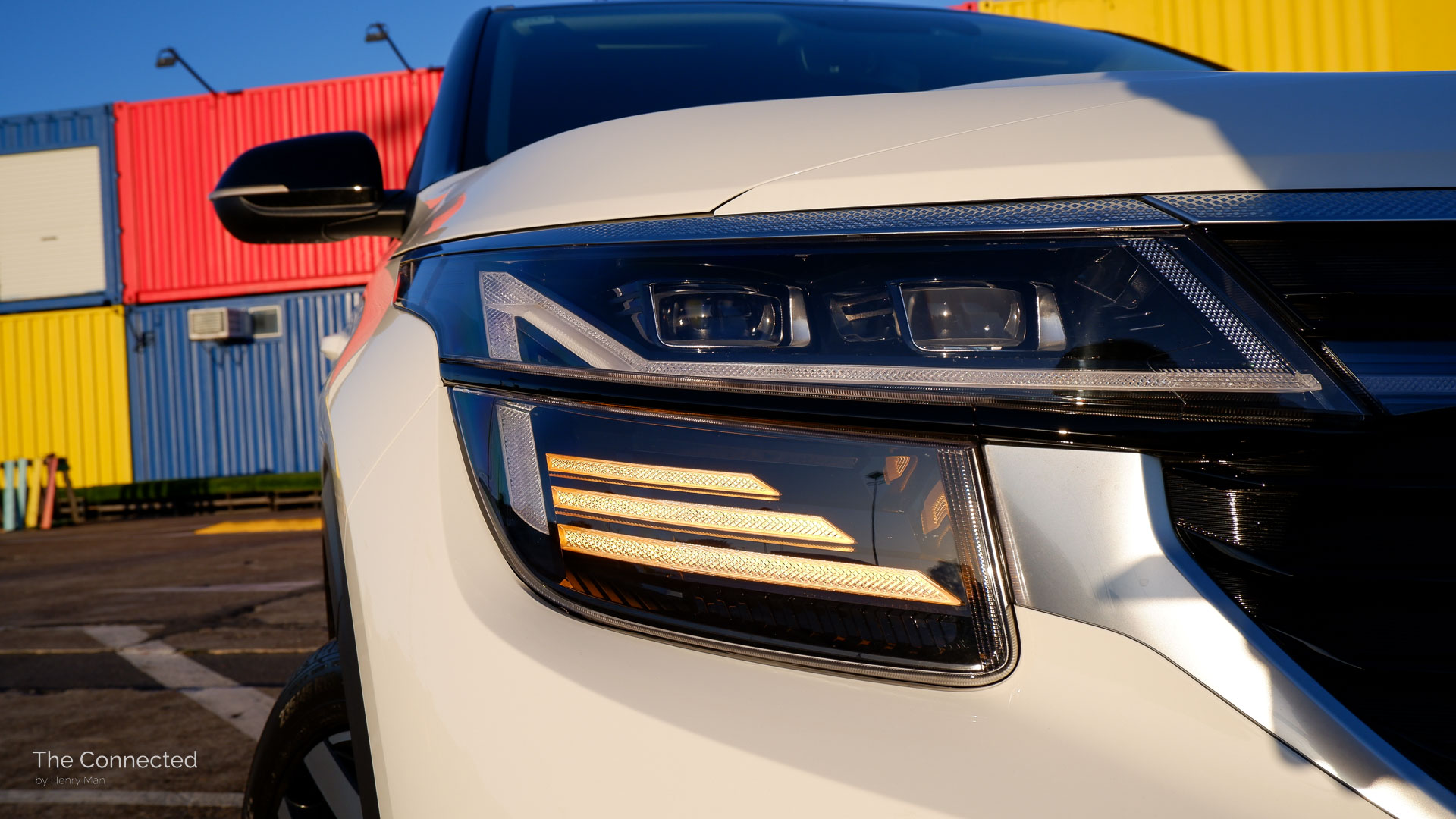
Pictured: Sport+ (left), GT-Line (right)
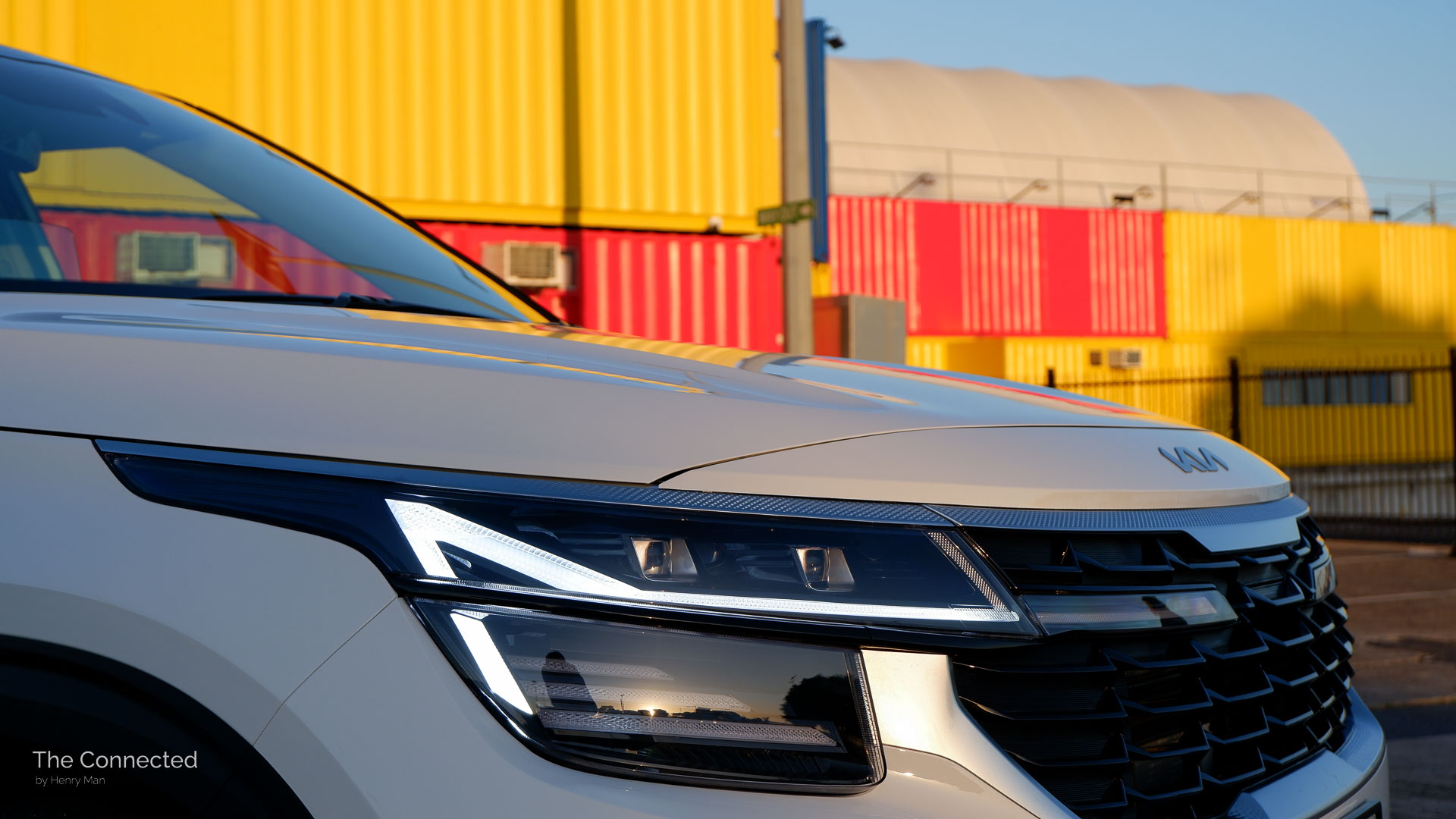
New vs old.
The facelifted Seltos has gained a more modern and edgier exterior design in line with Kia’s new design theme.
However, the interior hasn’t received a similar treatment and feels dated with sub-par material quality for its price point.
Inside, the new Kia Seltos hasn’t freshened-up as much as the exterior.
The touchscreen and instrument display are now joined together and, on Sport or higher variants, the central 10.25-inch widescreen is slightly angled toward the driver to give a curved impression. The South Korean carmaker has also fettled with the climate controls and air vent design.
Otherwise, the Seltos’ interior remains largely the same. While that’s not a negative (more in the practicality section), it does look dated compared to other small SUVs, such as the new-generation Hyundai Kona.
The dashboard is a ho-hum light grey plastic texture on most variants or a vinyl leather imitation material on the GT-Line, upper door plastics are hard across the range, and the dash is short and high.
There are some fingerprint-prone surfaces on the centre console, steering wheel, and doors on all variants except the base S, but the three-dimensional rock-like speaker grilles and slim metal-looking interior door handle help make the interior feel more unique.
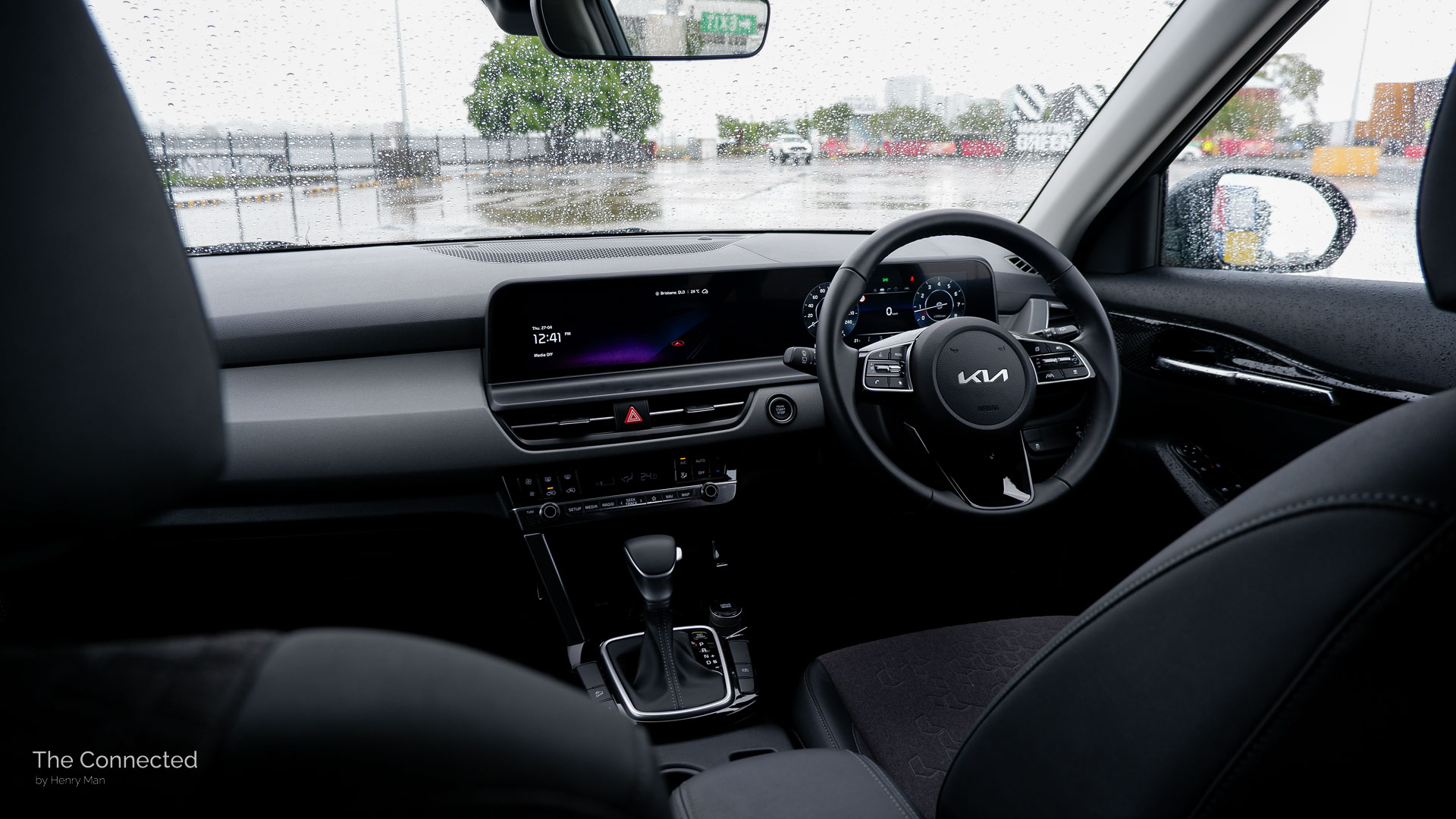
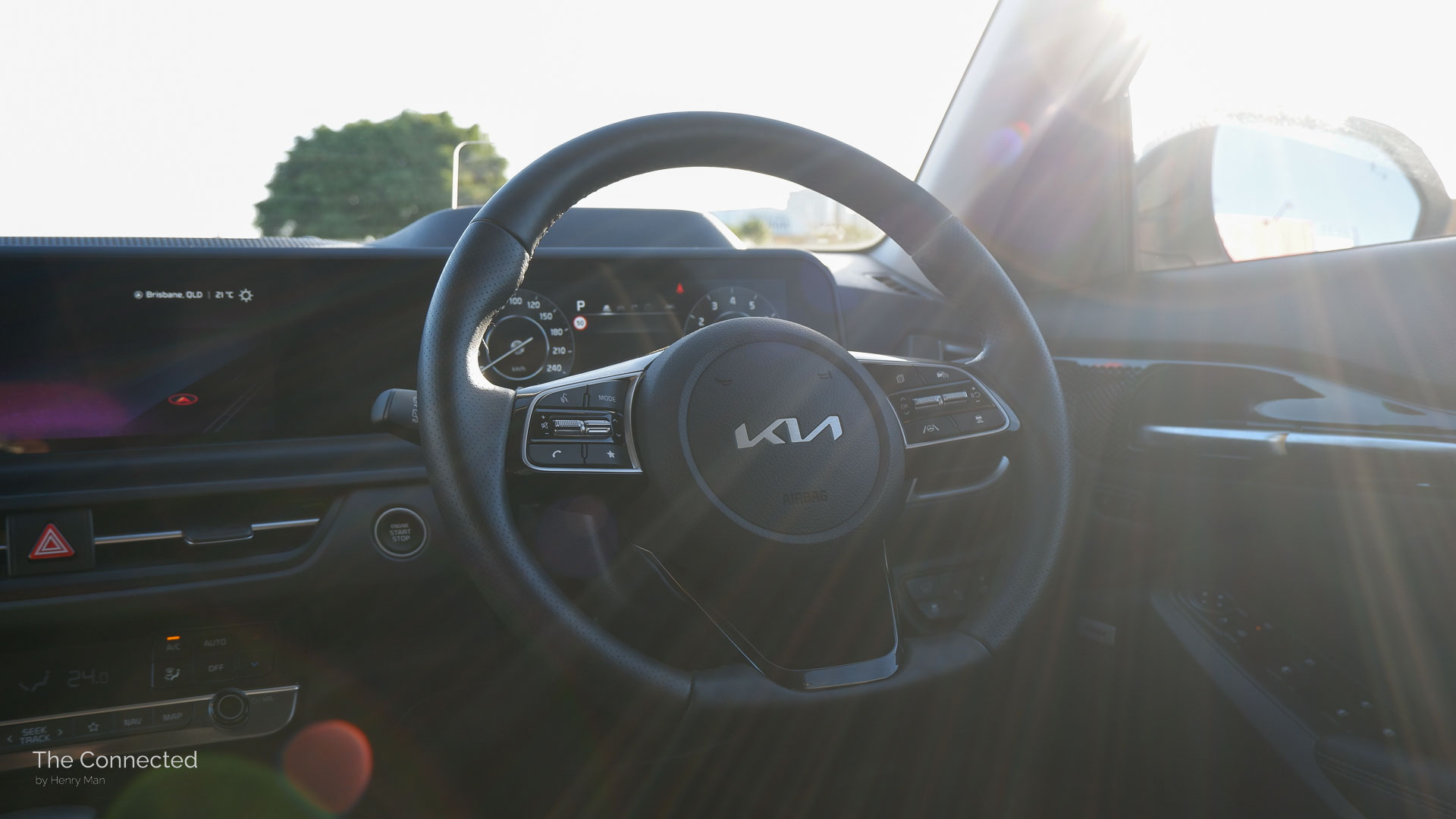
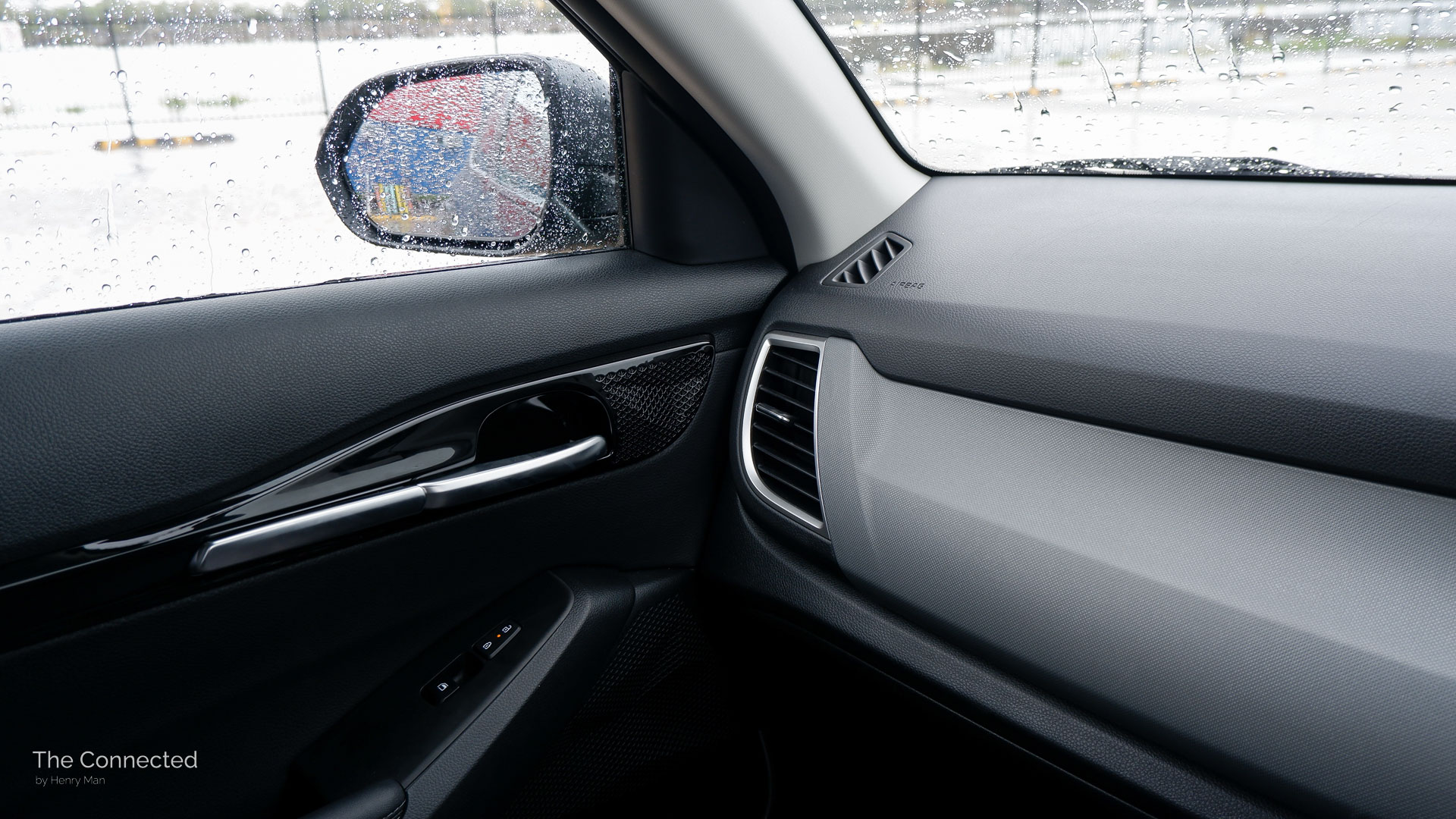
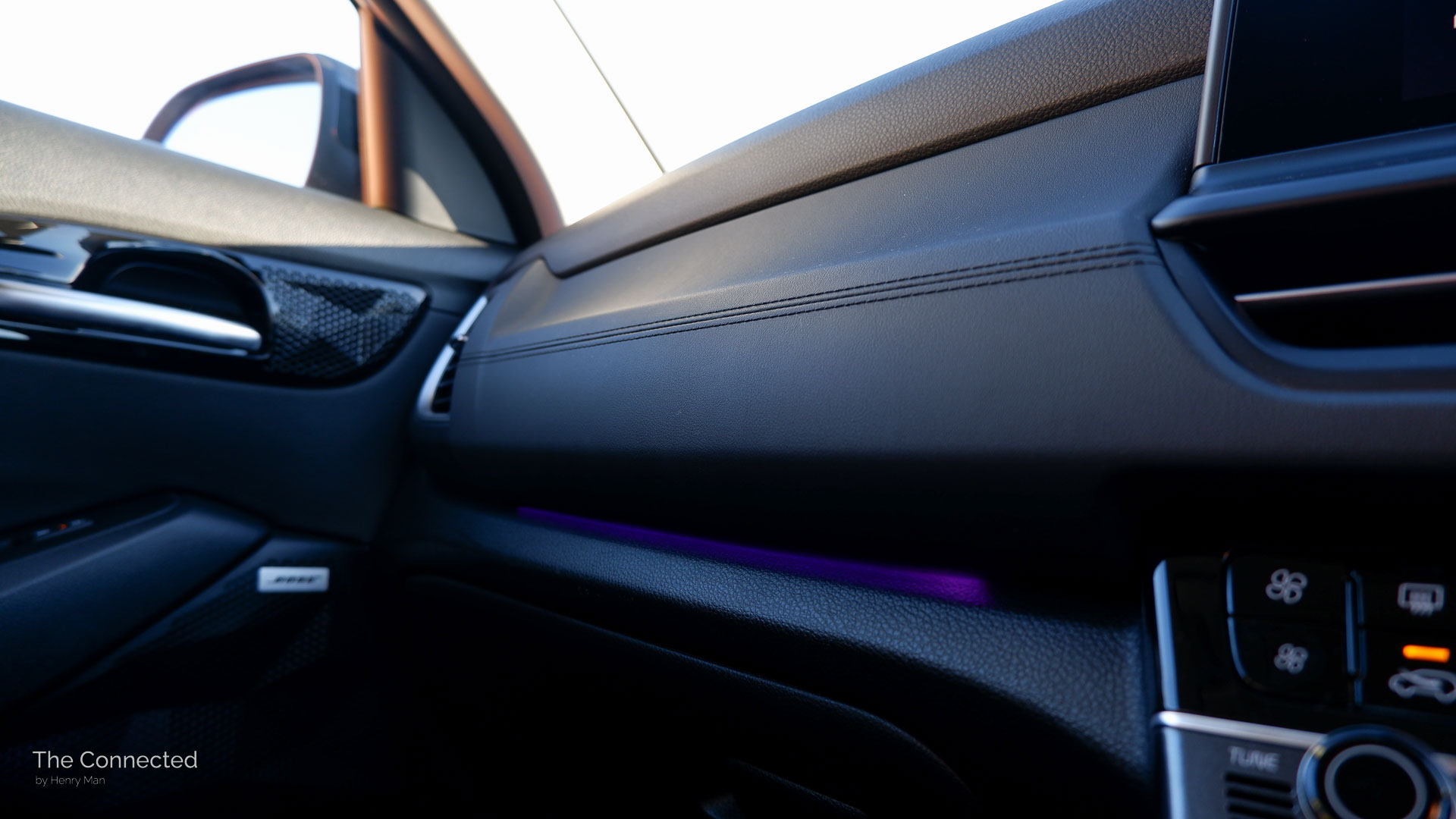
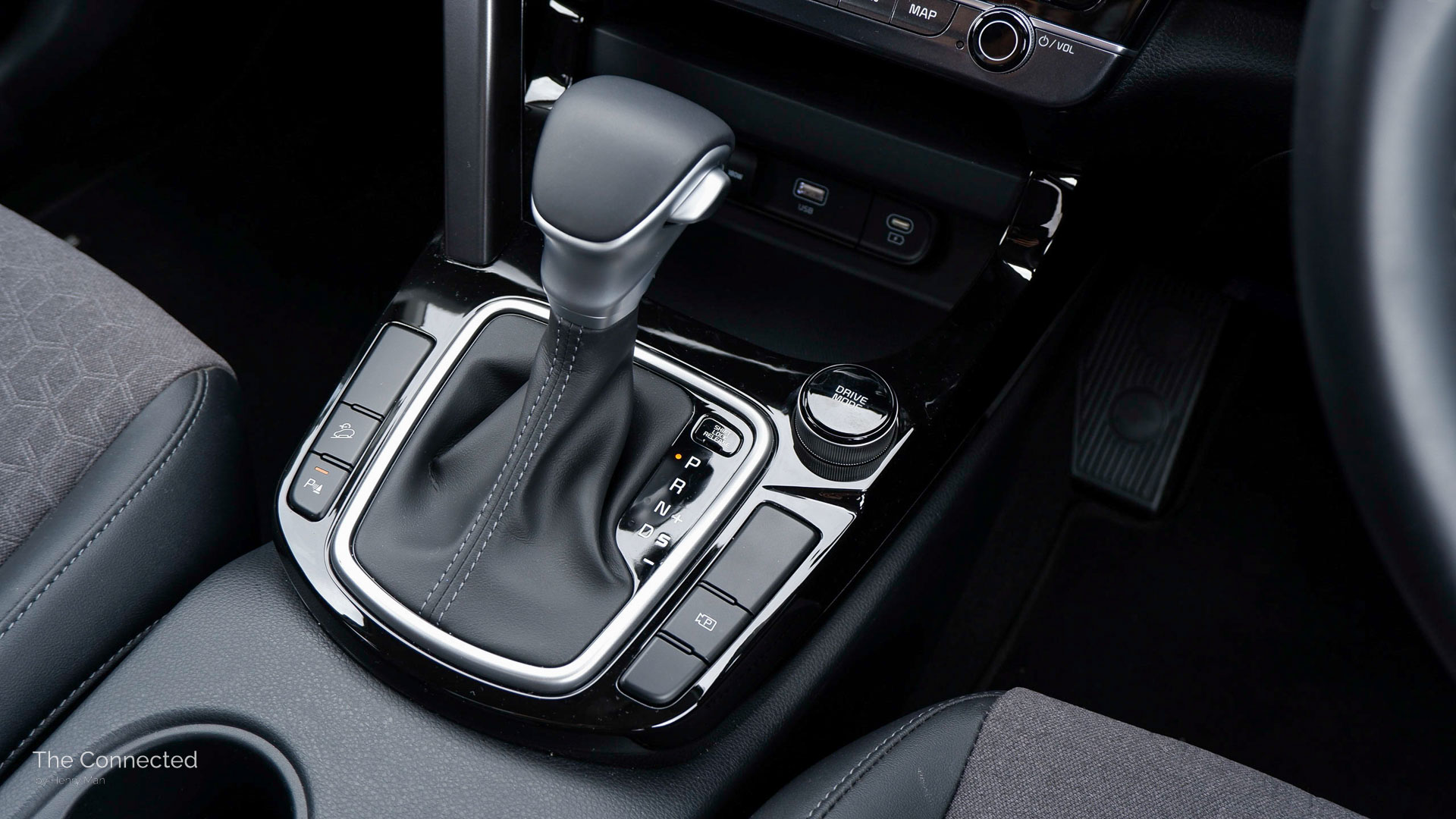
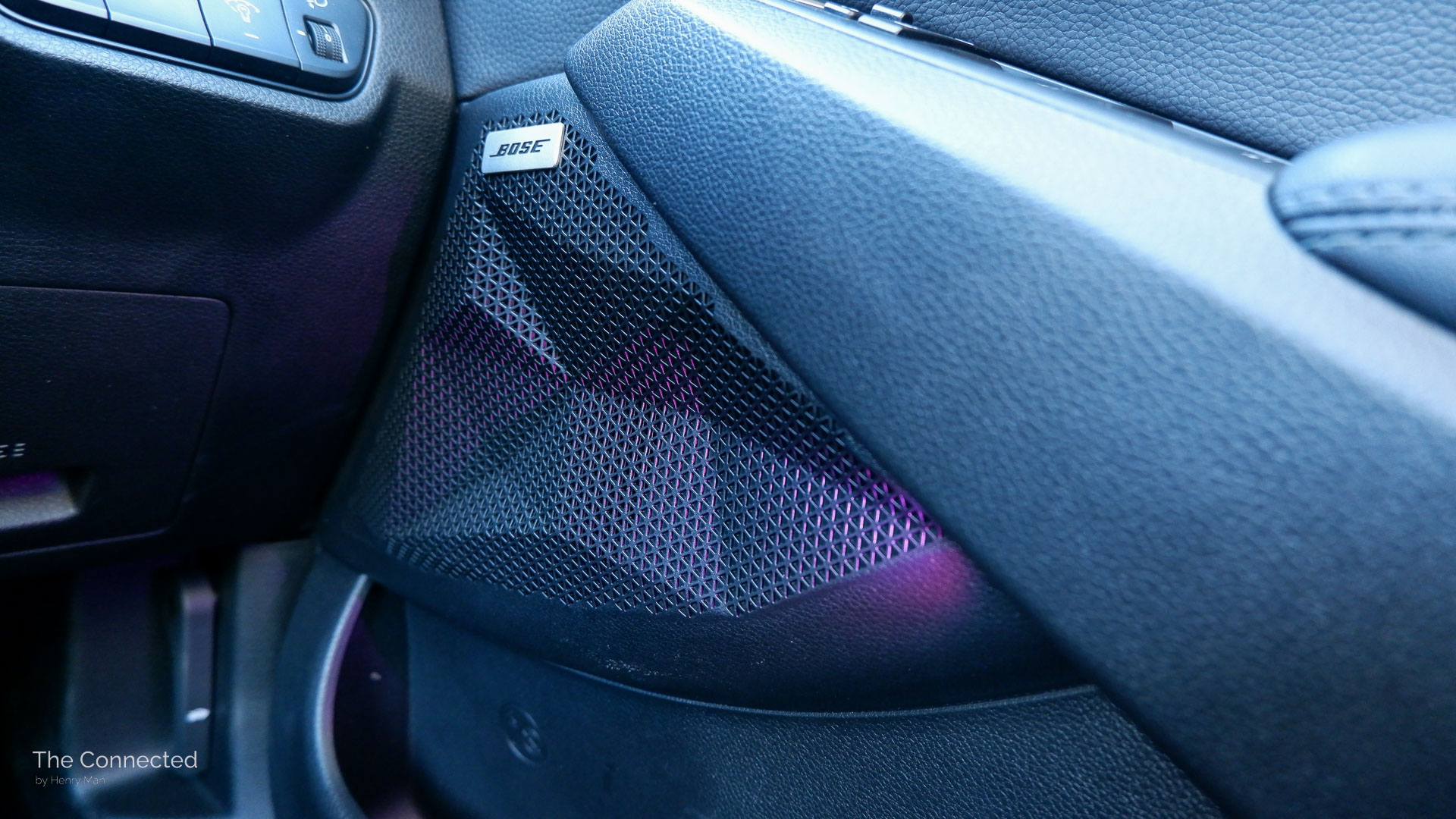
Pictured: Sport+ (left), GT-Line (right)
On the GT-Line, the perforated flat-bottom leather steering wheel and subtle ambient lighting hues on the passenger-side dash and front speakers are welcome touches, though it still doesn’t live up to its nearly $50K drive-away asking price.
The colour-selectable interior lighting in particular has a ‘sound mood lamp’ function that flashes or pulses between different hues, with modes such as ‘party time’, ‘travelling’ and ‘romance’ – which isn’t featured in any other Hyundai Motor Group vehicle.
It isn’t distracting and can flash according to the playing audio, though it only matches the rhythm better on some tracks. When in media mode, it has the side benefit of flashing the ambient lights in concert with the parking sensor warning chimes.
READ MORE: 2023 Kia EV6 GT review: True electric GT?
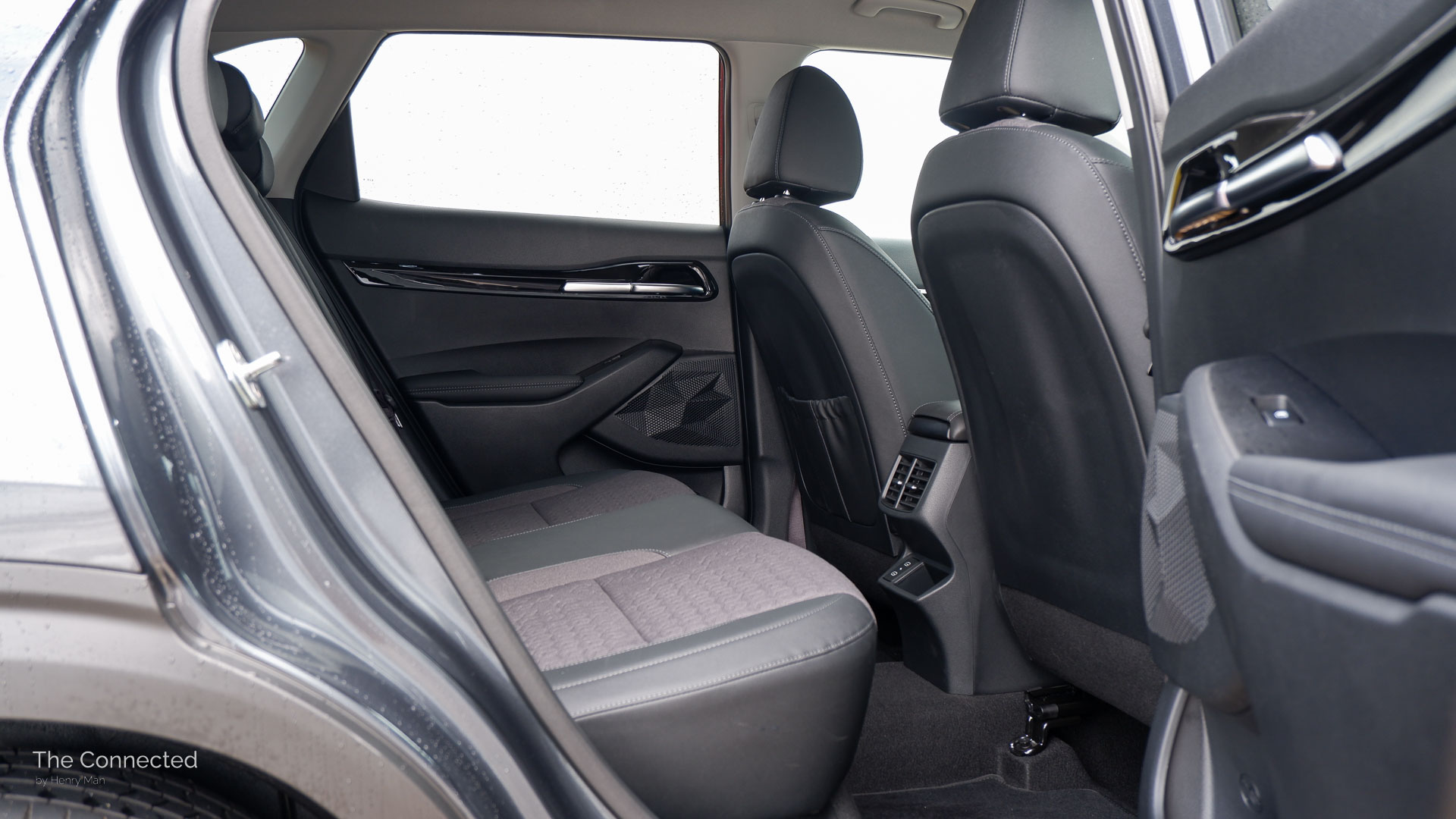
Practicality.
2024 Kia Seltos dimensions (on test):
| Length x width x height | 4385 x 1800 x 1635mm (Sport/Sport+/GT-Line) |
| Wheelbase | 2630mm |
| Ground clearance | 170mm |
| Boot capacity (min / rear seats folded) | 433 / 1393-litres (Sport/Sport+/GT-Line) |
| Rear seat split fold | 60:40 |
| Child seat anchors | Rear seats: 2x ISOFIX + 3x top-tethers |
All Seltos variants except the entry-level S contain a full-size spare tyre under the floor and have 35-litres less boot space. That’s a small compromise and still offers good usable volume.
The load lip is minimal and offers one convenient bag hook – which isn’t even available on the Kia Sportage medium SUV. Annoyingly, only the most expensive GT-Line variant includes a cargo cover – which provides privacy and shade protection for stored items.
While the Seltos isn’t alone in omitting a boot cover (the Tesla Model Y electric SUV doesn’t even include it in Australia), it is a rare cost-cutting measure for a basic piece of plastic and fabric.
I also found the tailgate was heavier than expected for a small SUV; it was difficult to close the boot with one hand pulling the handle. Only the GT-Line features a hands-free electric tailgate.
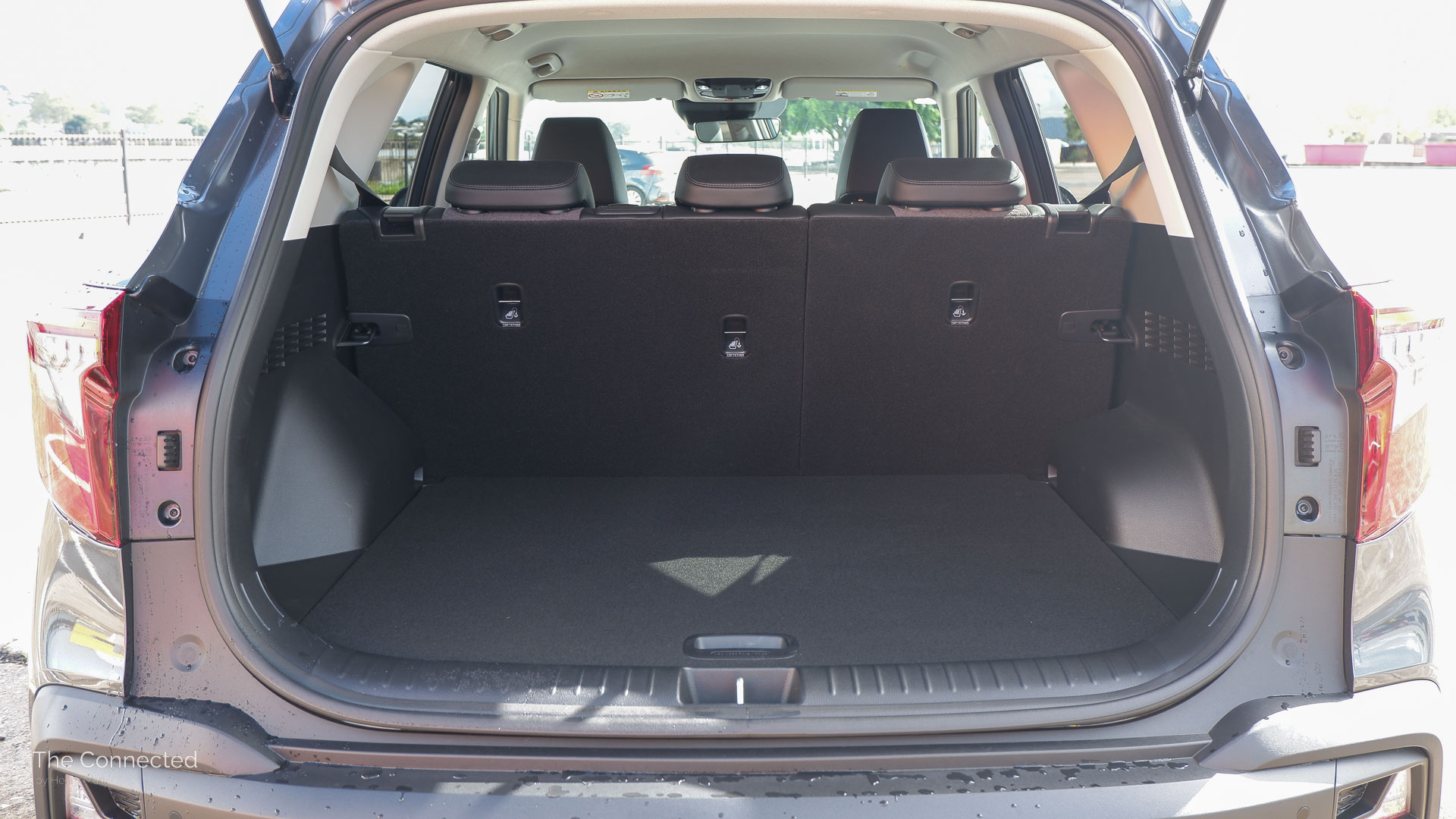
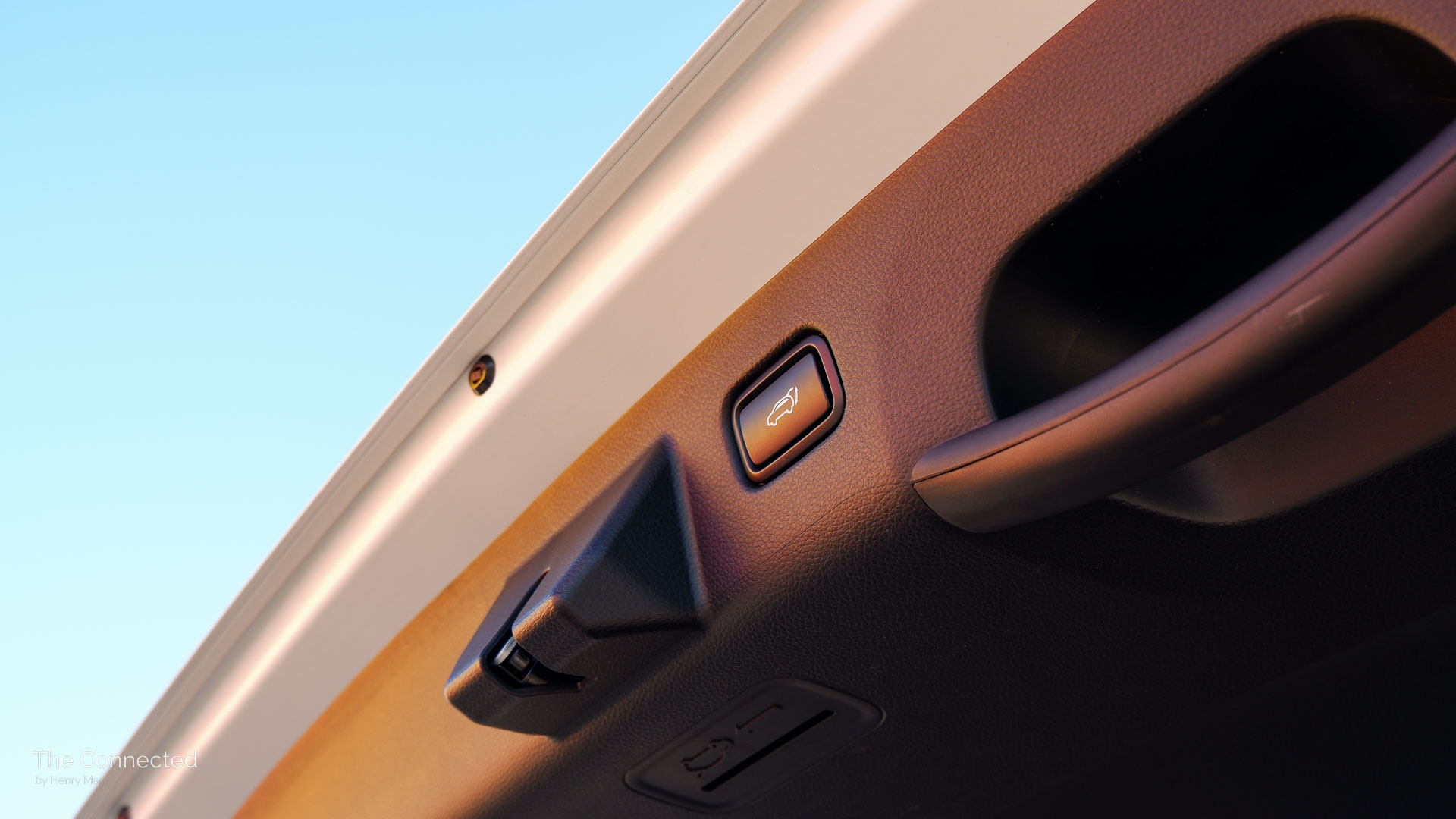

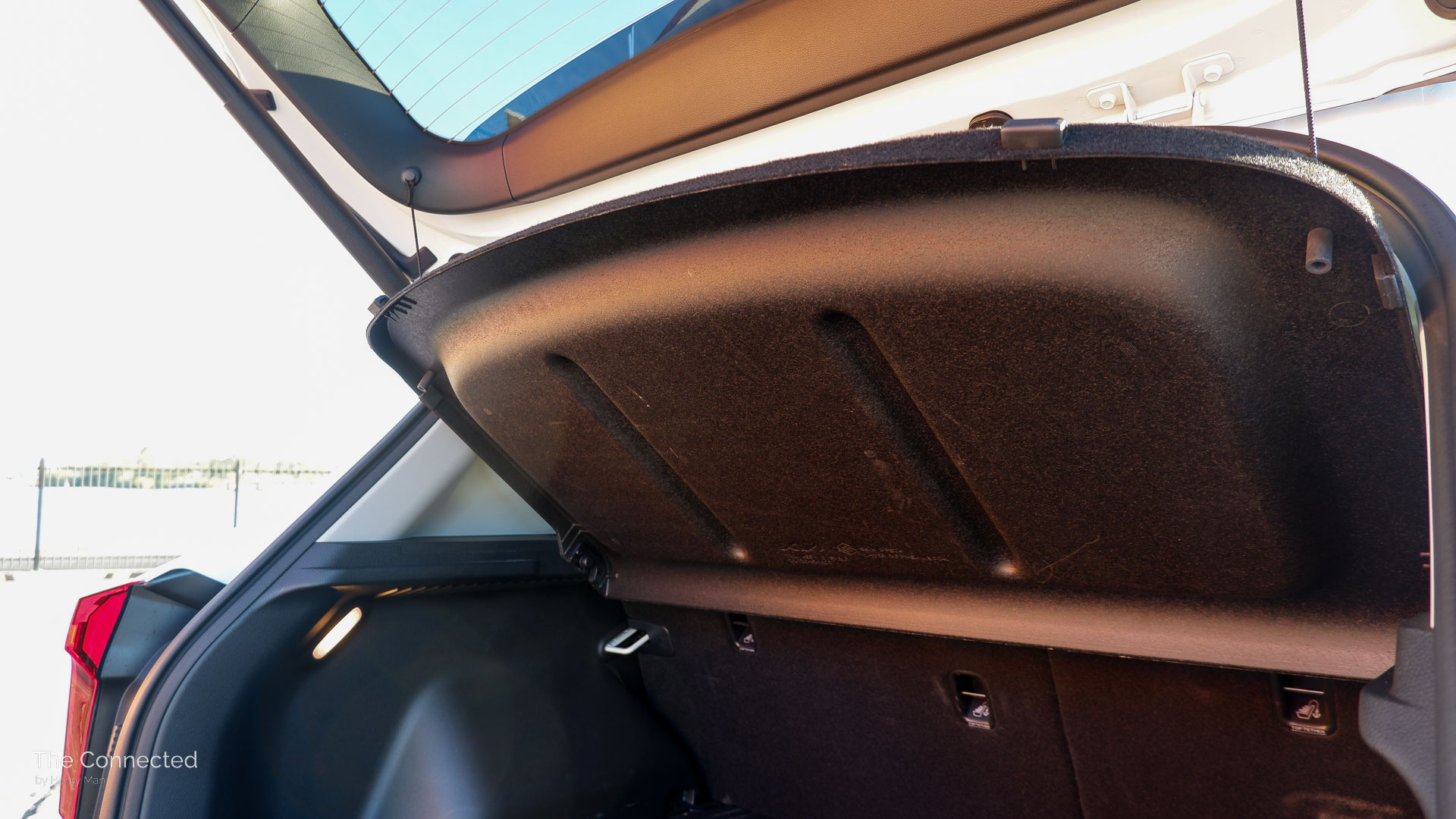
Pictured: Sport+ (left), GT-Line (right)
The rear seat bench is higher than the front, there’s plenty of legroom, feet space to slide underneath the front pews, and good headroom – all resulting in an impressive family-friendly small SUV package. Rear passengers also benefit from dedicated air vents and two well-angled USB-C charging ports at the centre.
However, regardless of whether it’s the front-wheel or optional all-wheel drive powertrain, there’s a noticeable centre transmission hump, which limits floor space when there’s three occupants.
Buyers need to step up to the Sport+ or GT-Line to gain a fold-down centre armrest with cup holders (which doesn’t have a convenient pull tag unlike other cars) and tinted rear glass (which is quite mild compared to Hyundai models).
As per Hyundai group style, the door bottle pockets are limited, but there are two non-gripped cup holders at the centre console, a decently-sized glovebox, and the use of an electronic park brake on Sport+ and GT-Line trims (in lieu of the traditional pull-up handbrake) results in a handy narrow slot to store the car key and wallet.
While the interior design feels rather basic, there are some practical ‘old Kia’ charms. In front of the gear shifter is a USB-A data port for smartphone mirroring, a USB-C charging port, and a deep two-level storage tray – found on models such as the Picanto, Rio and Cerato – that can conveniently store a smartphone atop.
That doubles as the Qi wireless charging pad on the GT-Line and includes an indent in the middle to help you grab your phone.
The Seltos also retains physical climate control buttons and dials with a separate row of touchscreen shortcuts – unlike Kia’s newer models that use a finicky dual-function touchscreen strip. The centre armrest can also slide forwards.
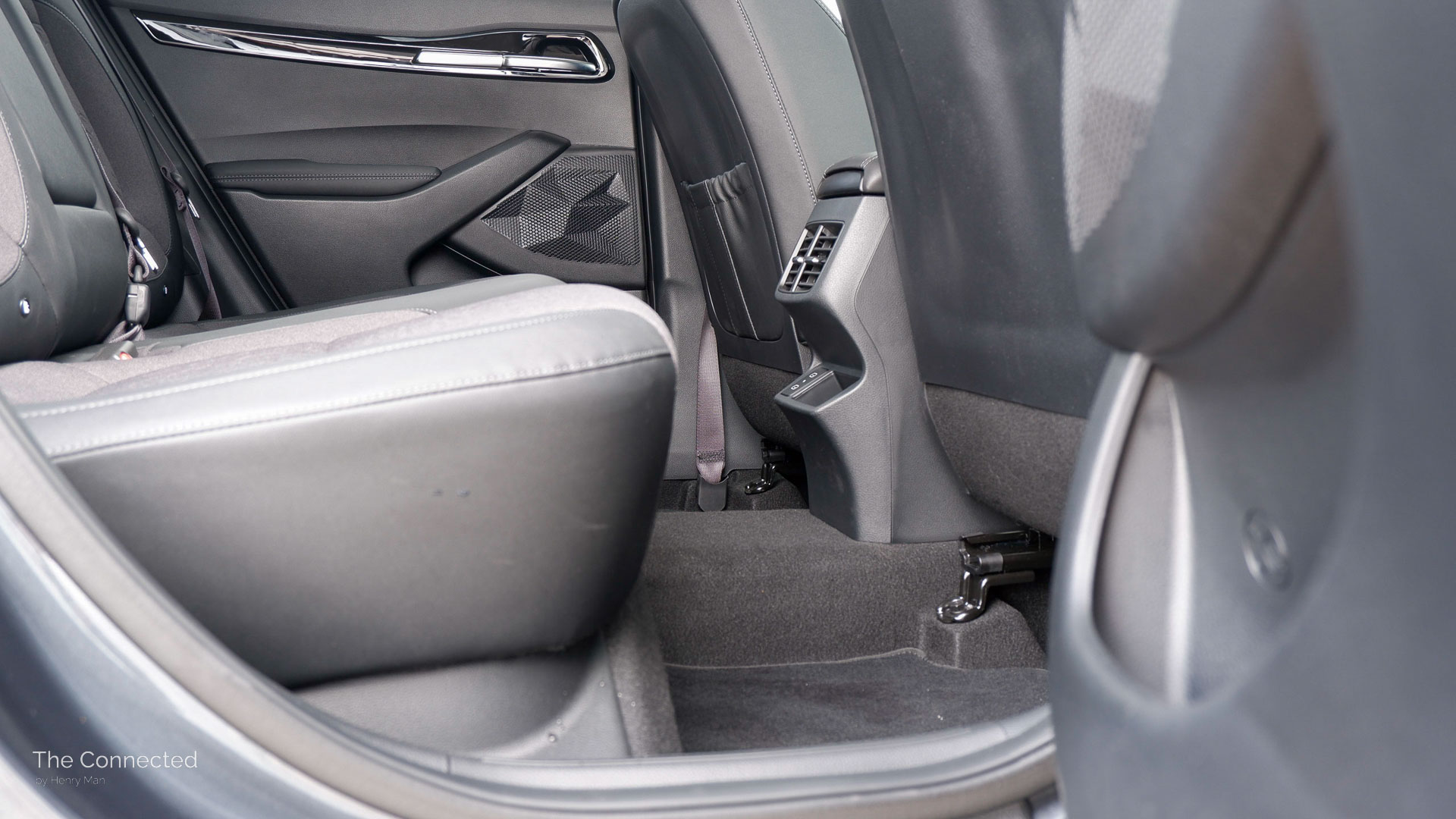

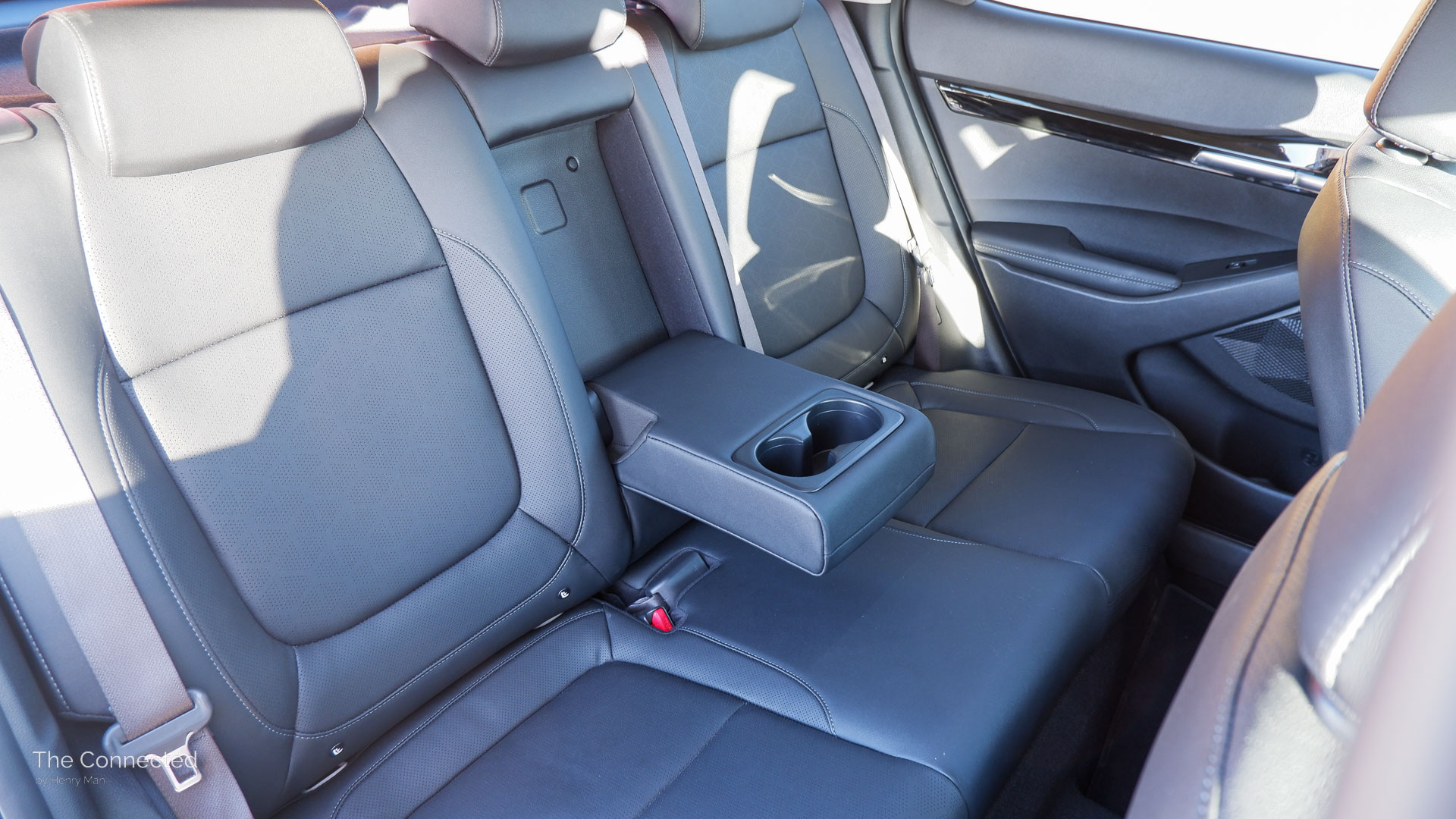
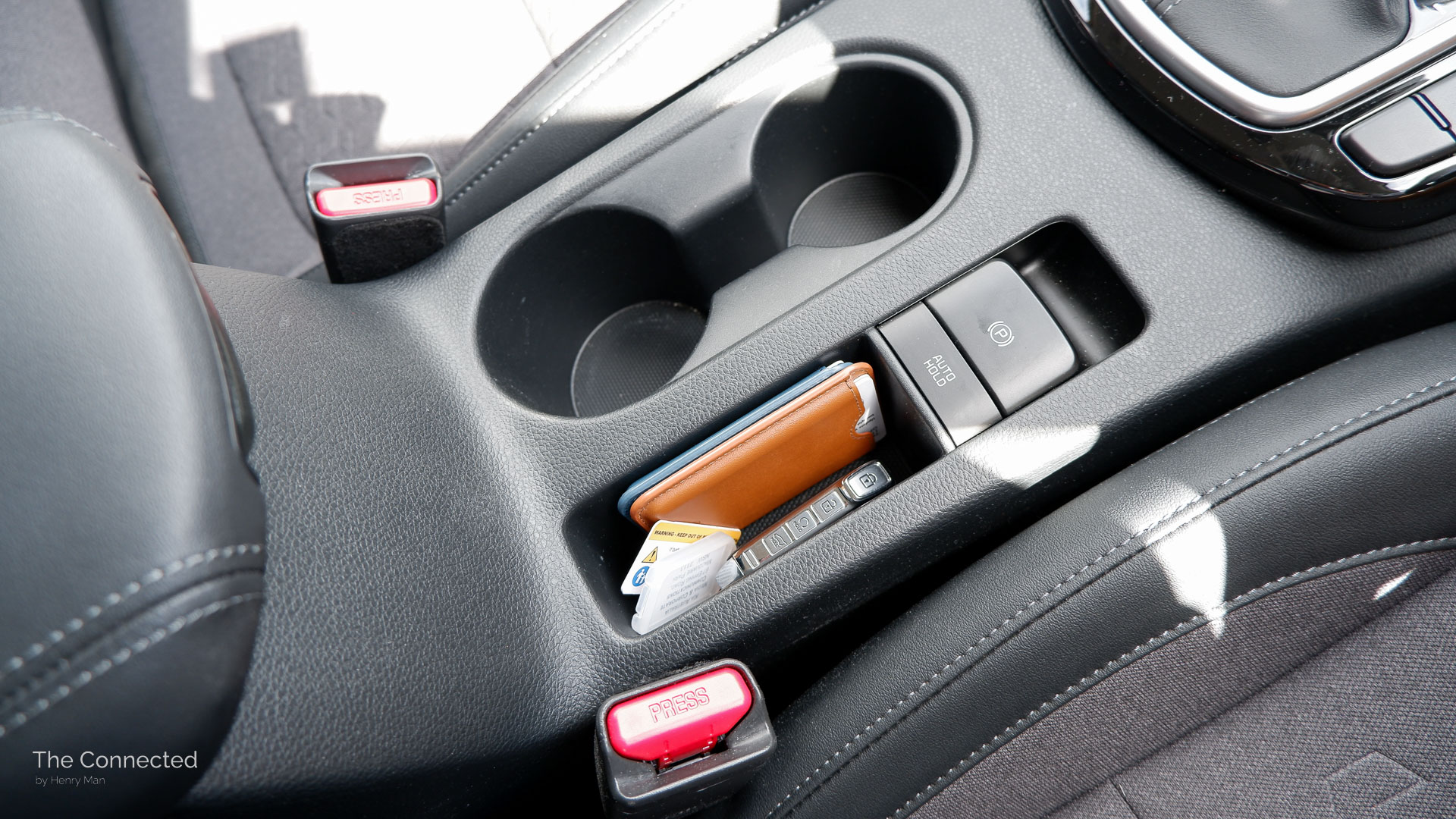
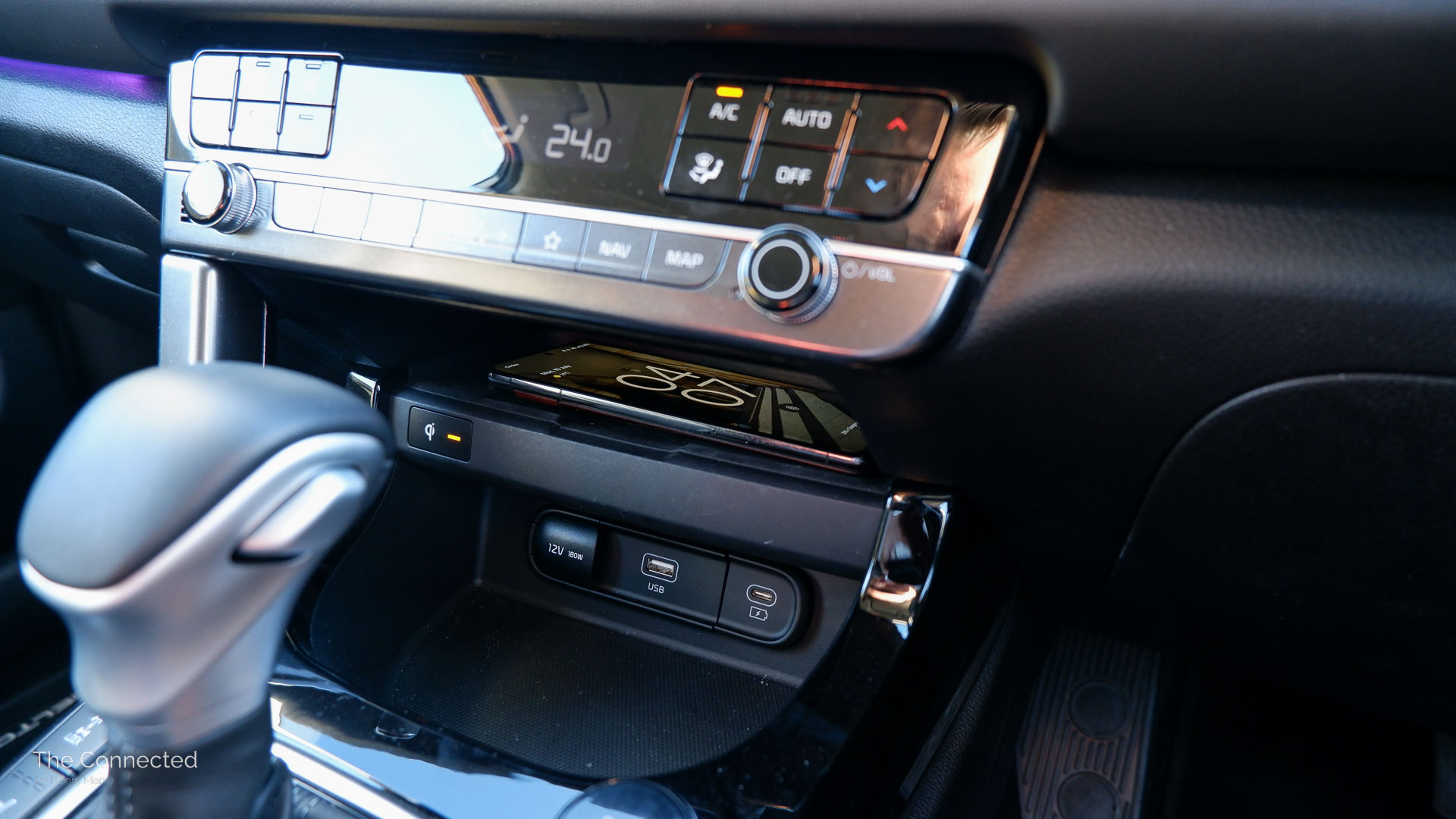
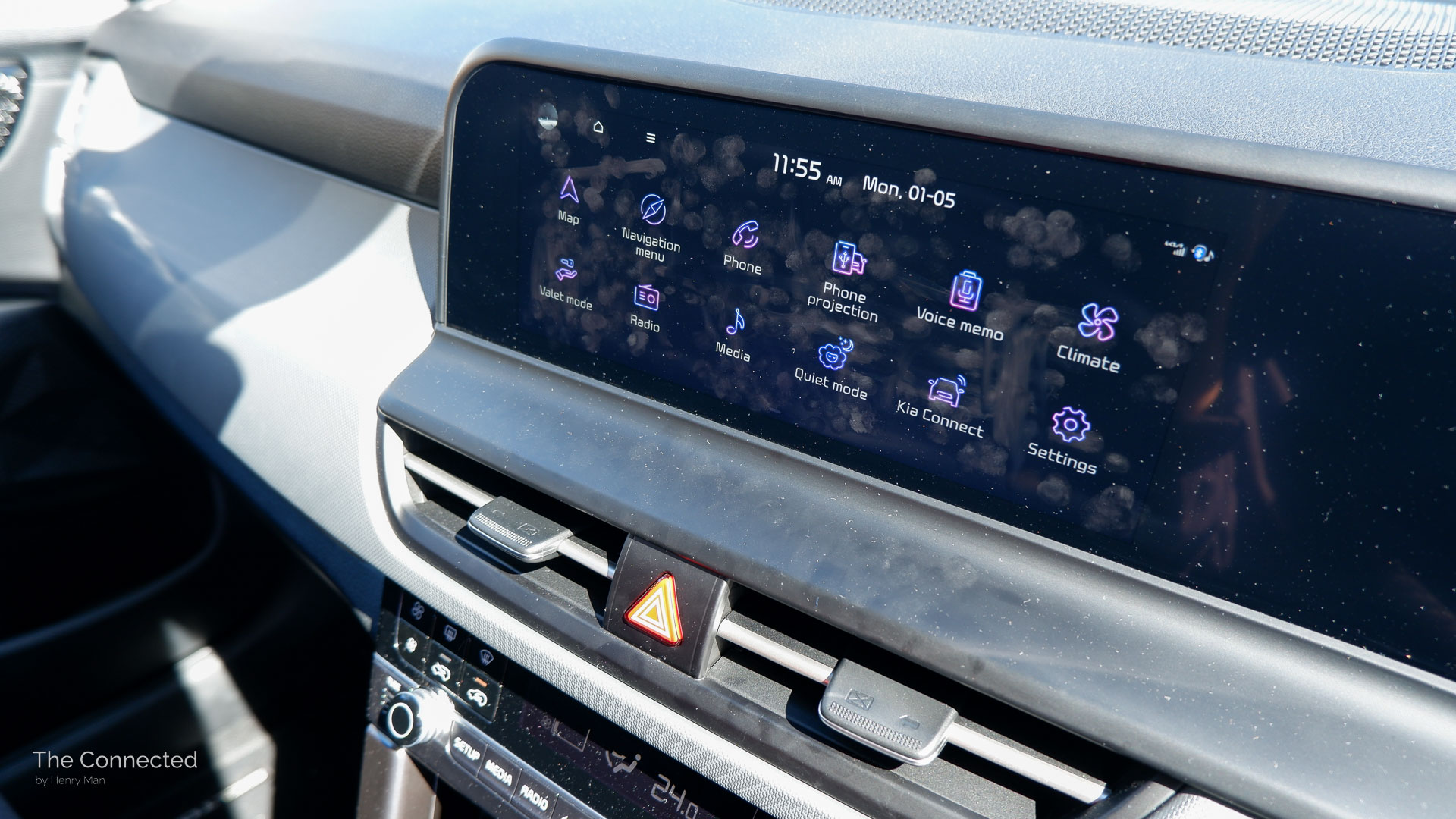
But, the palmrest in front of the touchscreen is a fingerprint- and oil-prone plastic surface; extending the plastic or vinyl dashboard material would’ve been more ideal.
Also notable is that only the GT-Line has LED interior lights, which illuminates the interior far brighter than the standard incandescent bulbs. Kia even uses the same units as the futuristic EV6 electric car.
While I didn’t experience the base cloth seats on the S and Sport, the pews on the Sport+ are supportive and offer a good mix of cooler-surface fabric in the centre and artificial leather outers, even if it doesn’t look or feel as high quality. The Sport+ also gets a sliding centre armrest, making for a more comfortable driving position.
The GT-Line boasts supportive full artificial leather seats with heating and ventilation functionality, electric adjustment (10-way for the driver or eight-way for the front passenger), two-position memory for the driver, and a heated steering wheel.
However, despite the seat memory function it doesn’t apply to the wing mirrors and doesn’t automatically dip-down when reversing – which would be useful to help avoid curbing those larger 18-inch wheels with thimmer 45mm sidewall.
While Sport models and up support automatic climate control, it is only a single-zone temperature system.
READ MORE: 2024 Hyundai Kona review: Grown up.
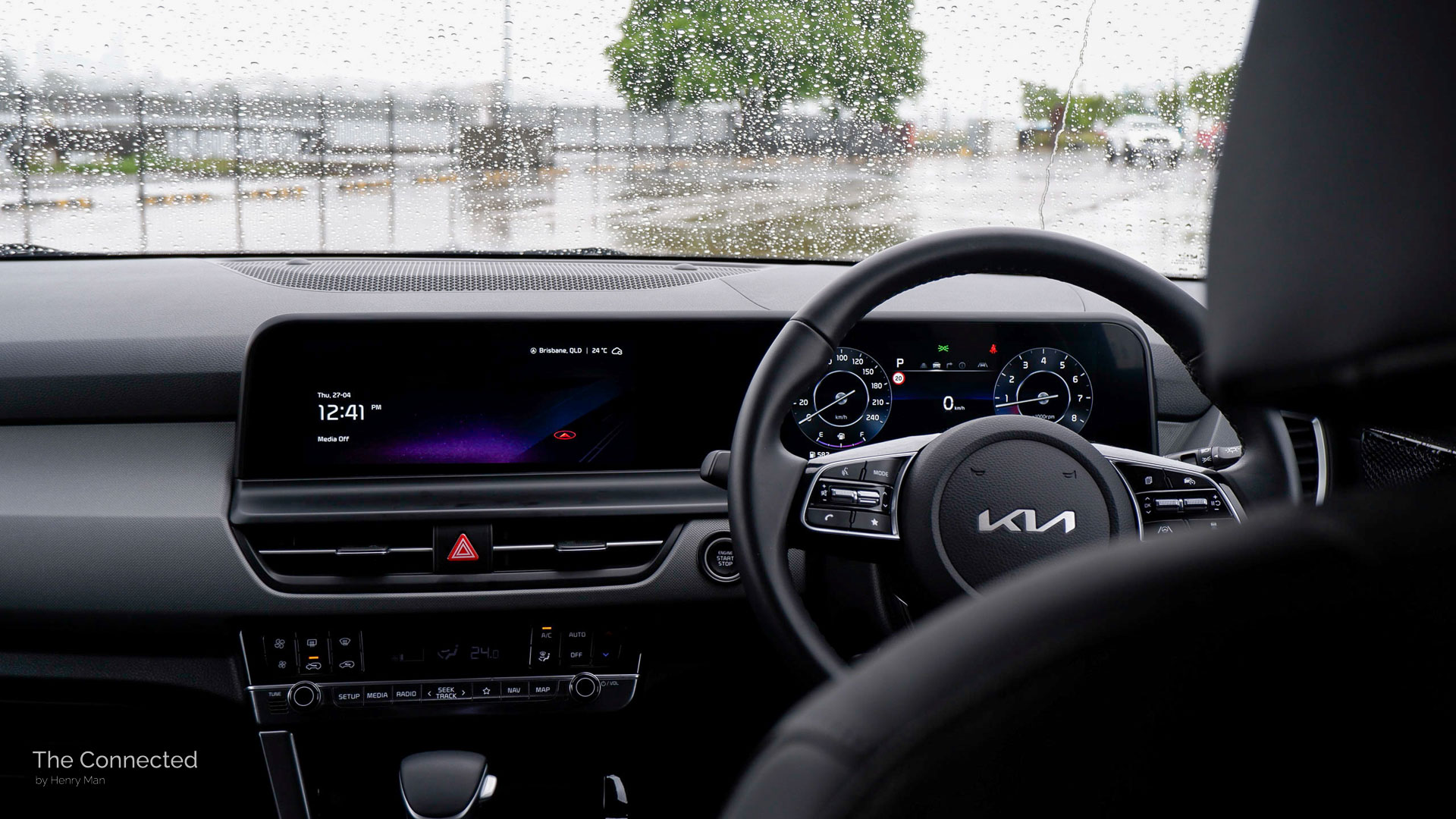
Technology.
2024 Kia Seltos Sport+/GT-Line tech features (on test):
| 10.25-inch touchscreen with built-in maps, AM/FM/DAB radio | Six-speakers |
| Wired Apple CarPlay and wired Android Auto | Eight-speaker Bose audio (GT-Line only) |
| 10.25-inch driver instrument display | Ambient lighting with sound mood modes (GT-Line only) |
| Kia Connect services and mobile app (seven-years included) | Qi wireless charging pad (GT-Line only) |
| Proximity key with remote engine start | Pop-up head-up display (HUD) (GT-Line only) |
| 1x USB-A, 3x USB-C charging ports |
The updated Kia Seltos small SUV brings larger dual 10.25-inch touchscreen and driver’s displays, which are joined on a single unit. The central screen slightly angles toward the driver for a curved appearance.
However, unlike other Kia’s and Hyundai’s, I found the widescreen ratio a touch too narrow in height, resulting in text and buttons shrinked smaller than ideal.
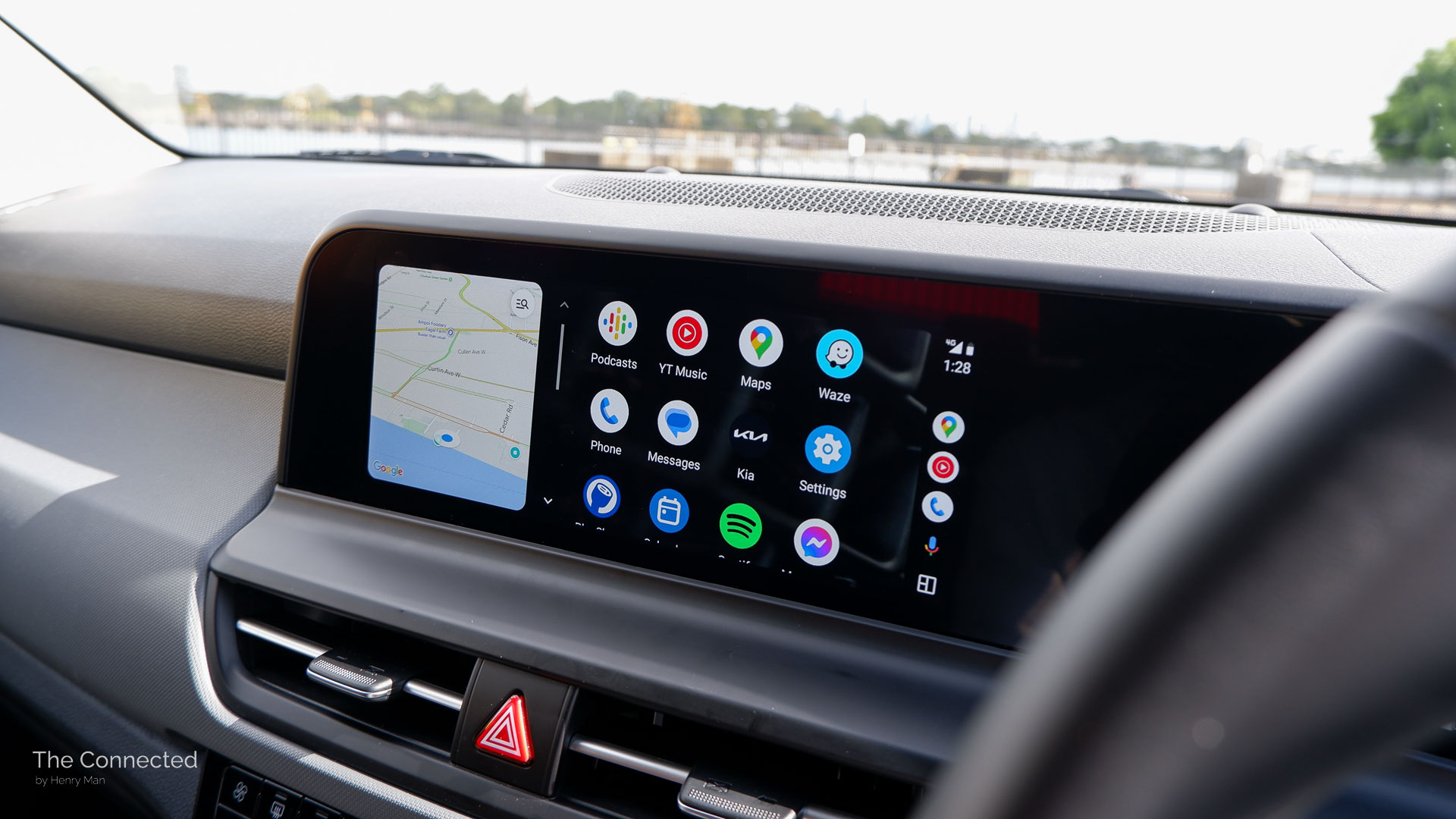
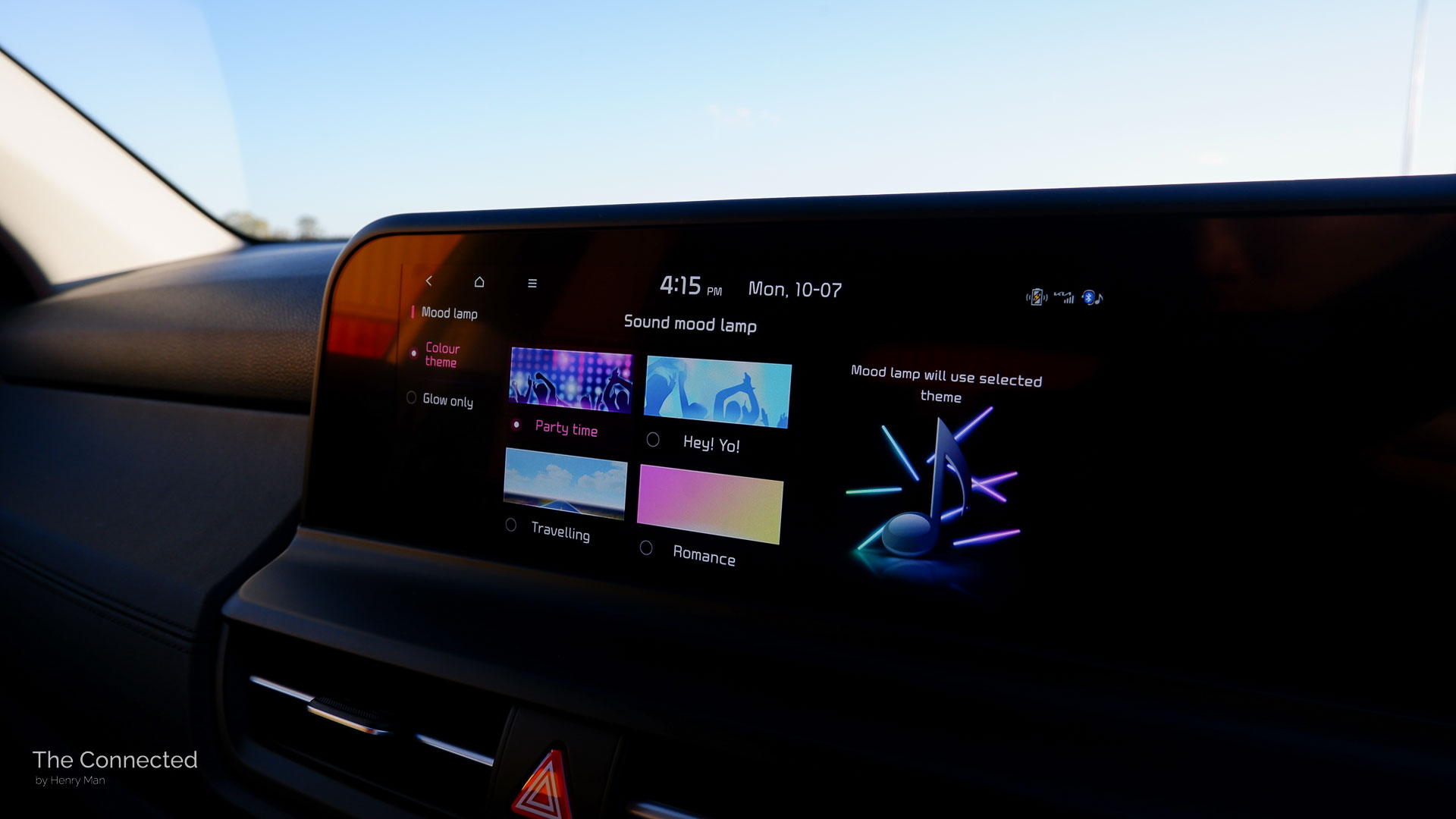
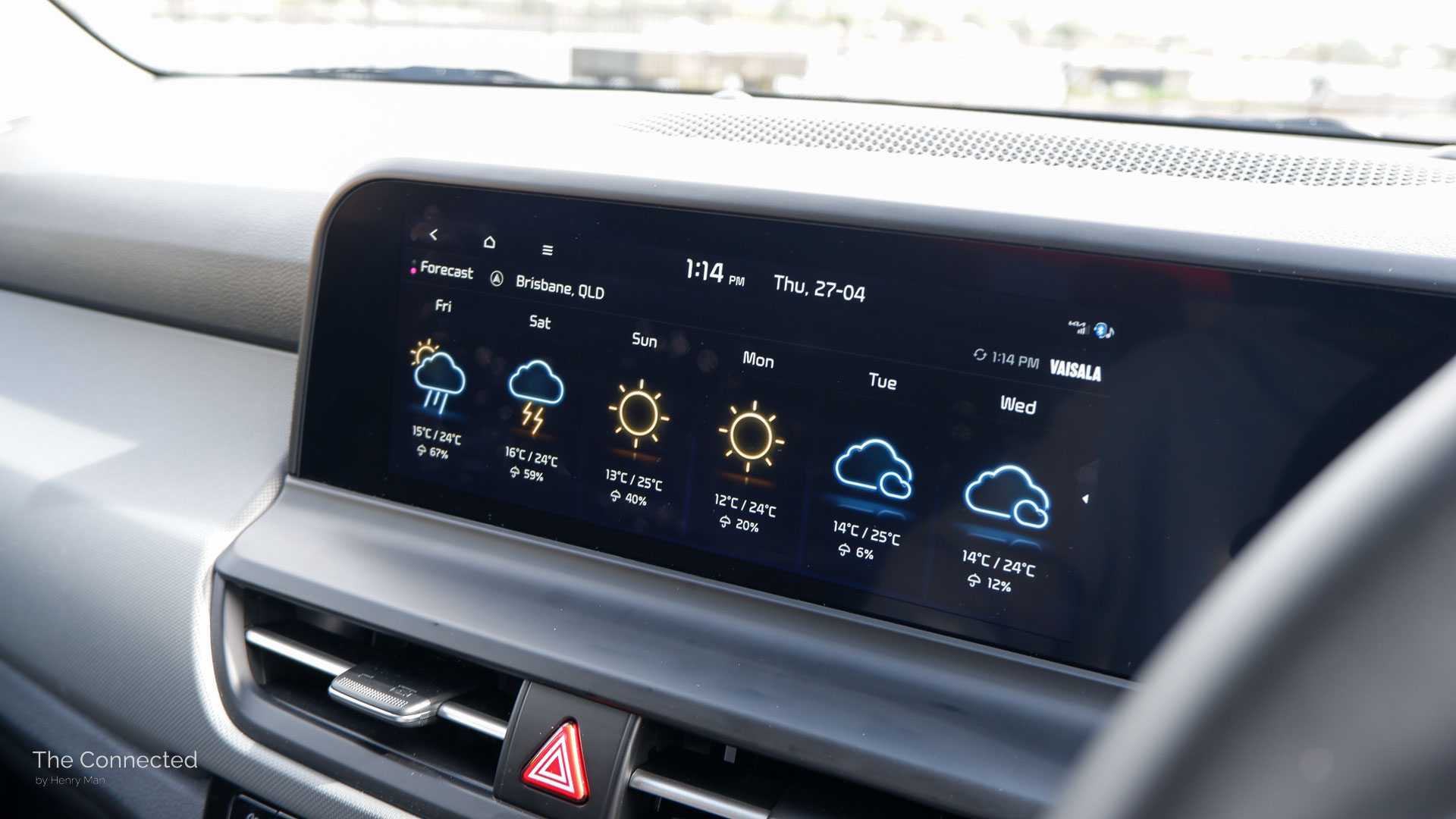
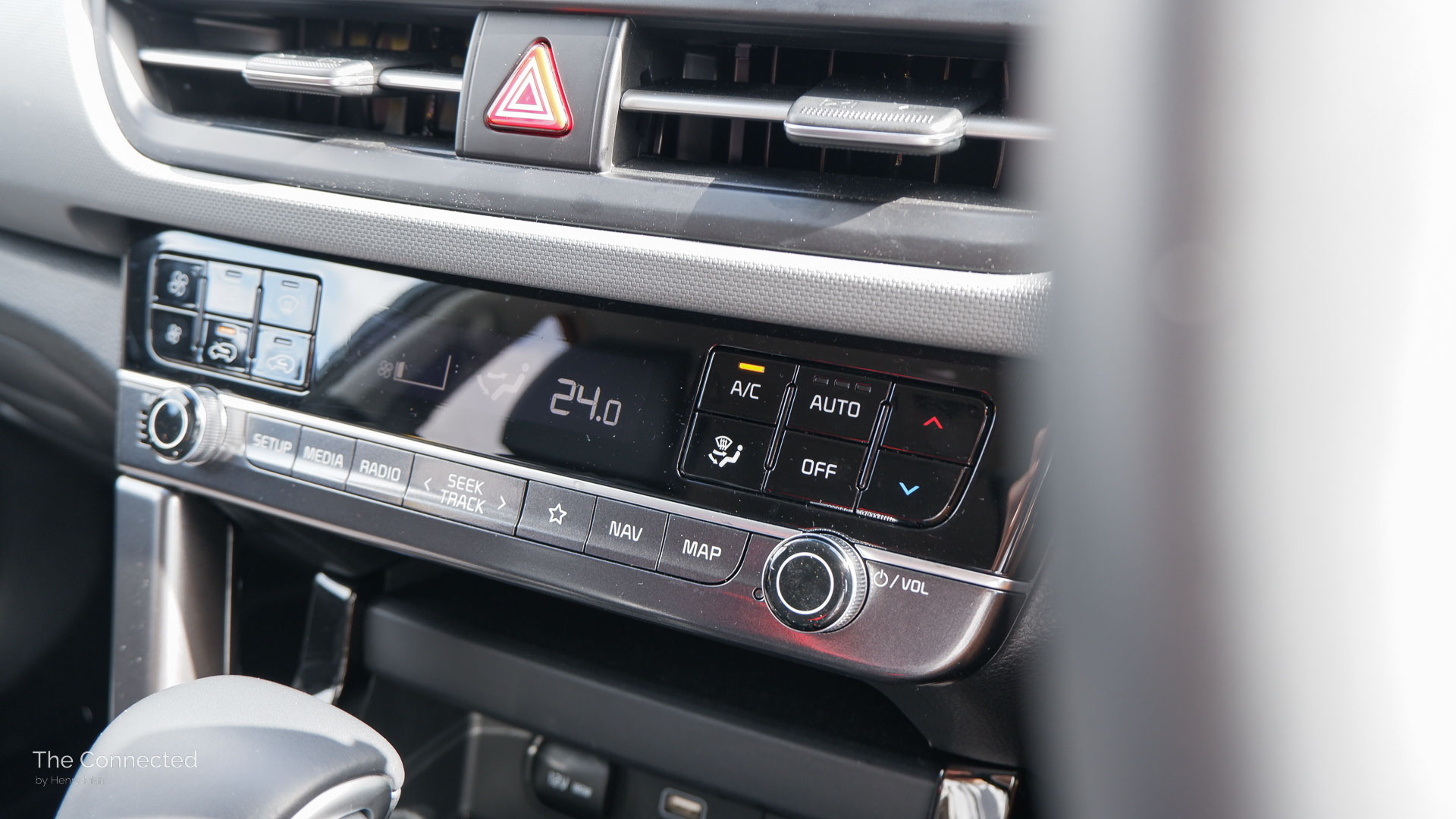
The South Korean carmaker’s operating system has a fairly modern interface, but the built-in maps system can be clunky to set a destination. It has now been succeeded by newer software, which is rolling out to newer vehicles such as the all-new Hyundai Kona.
Apple CarPlay and Android Auto smartphone projection is wired via the only USB-A port in the Seltos. Since the base model doesn’t have built-in maps, it is capable of wireless phone connectivity, albeit on a smaller 8.0-inch display joined with a more basic digital instrument cluster.
The single-zone climate controls have been tweaked on the facelifted Seltos, but retain good tactile buttons and a clear display indicating the set temperature and fan speed.
Meanwhile, ahead of the driver is a 10.25-inch instrument display. It features a digitalised interpretation of traditional analogue dials, but it switches the colour and font theme when changing drive modes – with a smooth animation refresh rate after it boots up. There isn’t much customisability, but there’s a cool-looking ‘dynamic’ mode that displays an animated background matched to the weather conditions.
Only the top-spec GT-Line has a head-up display (HUD). While it is the older-style pop-up glass panel type, it’s still convenient to see the speed readout and blind-spot monitoring without needing to look too far down. However, the text and icons are quite small and can be difficult-to-see for some drivers.
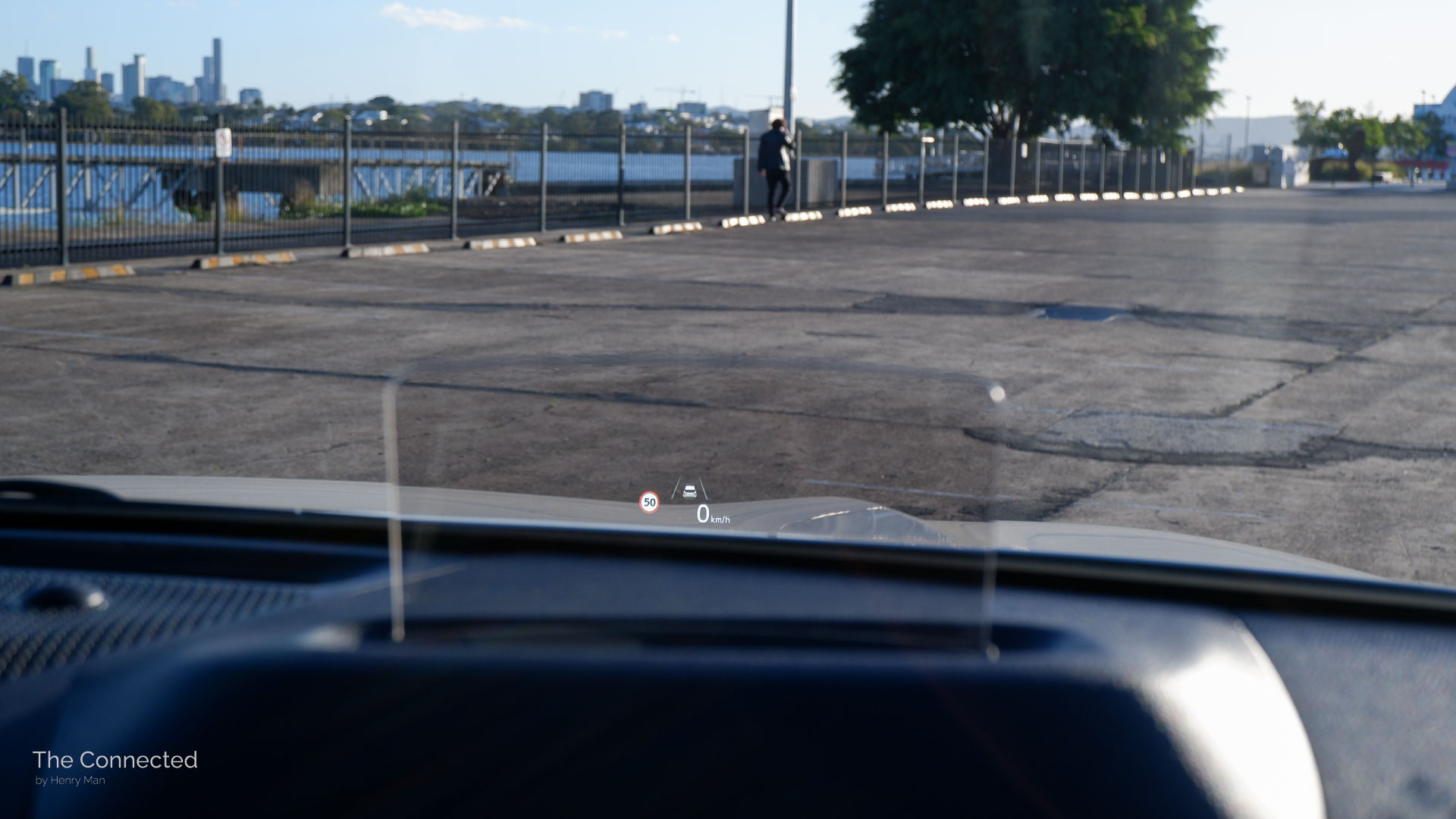
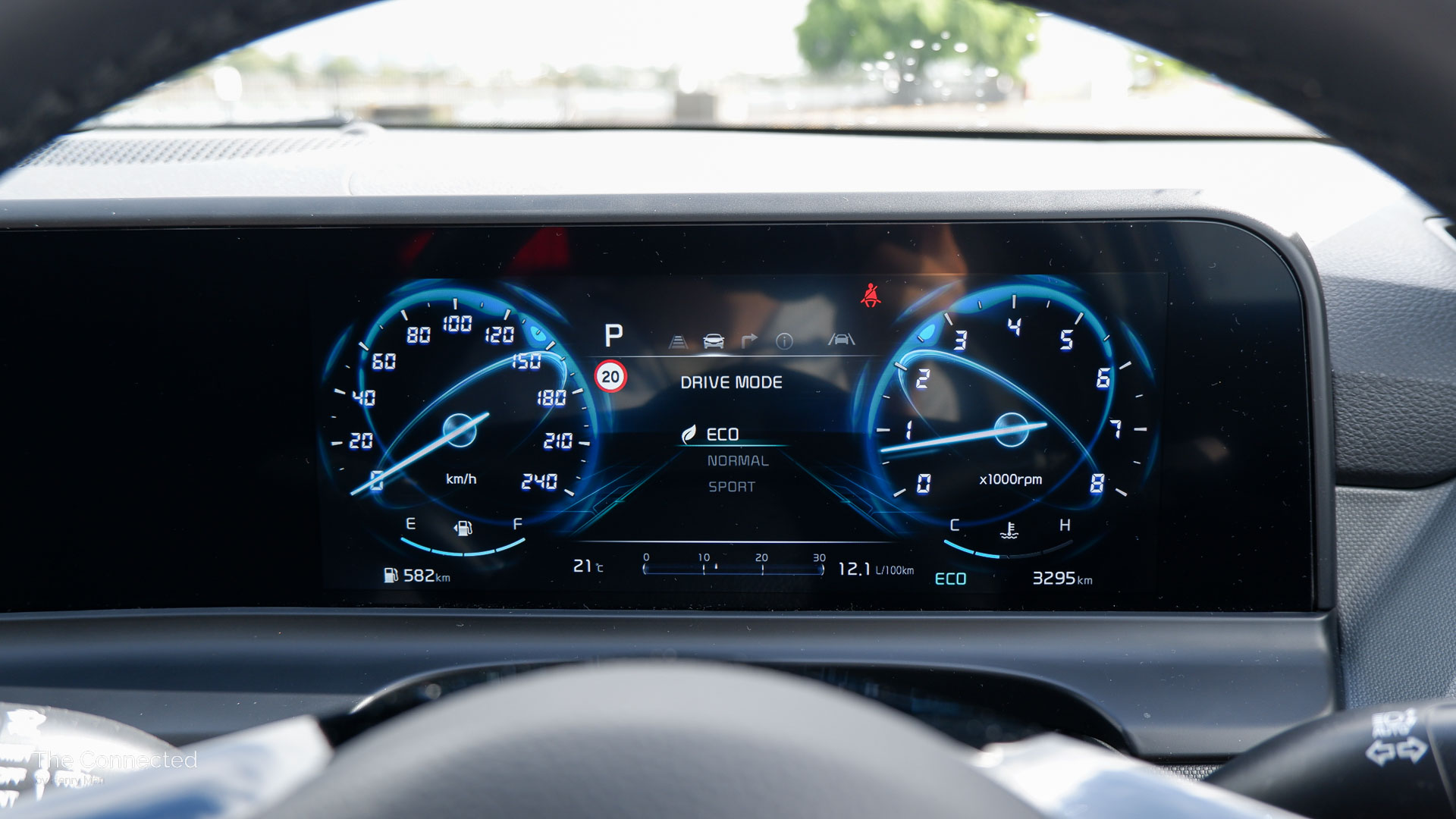
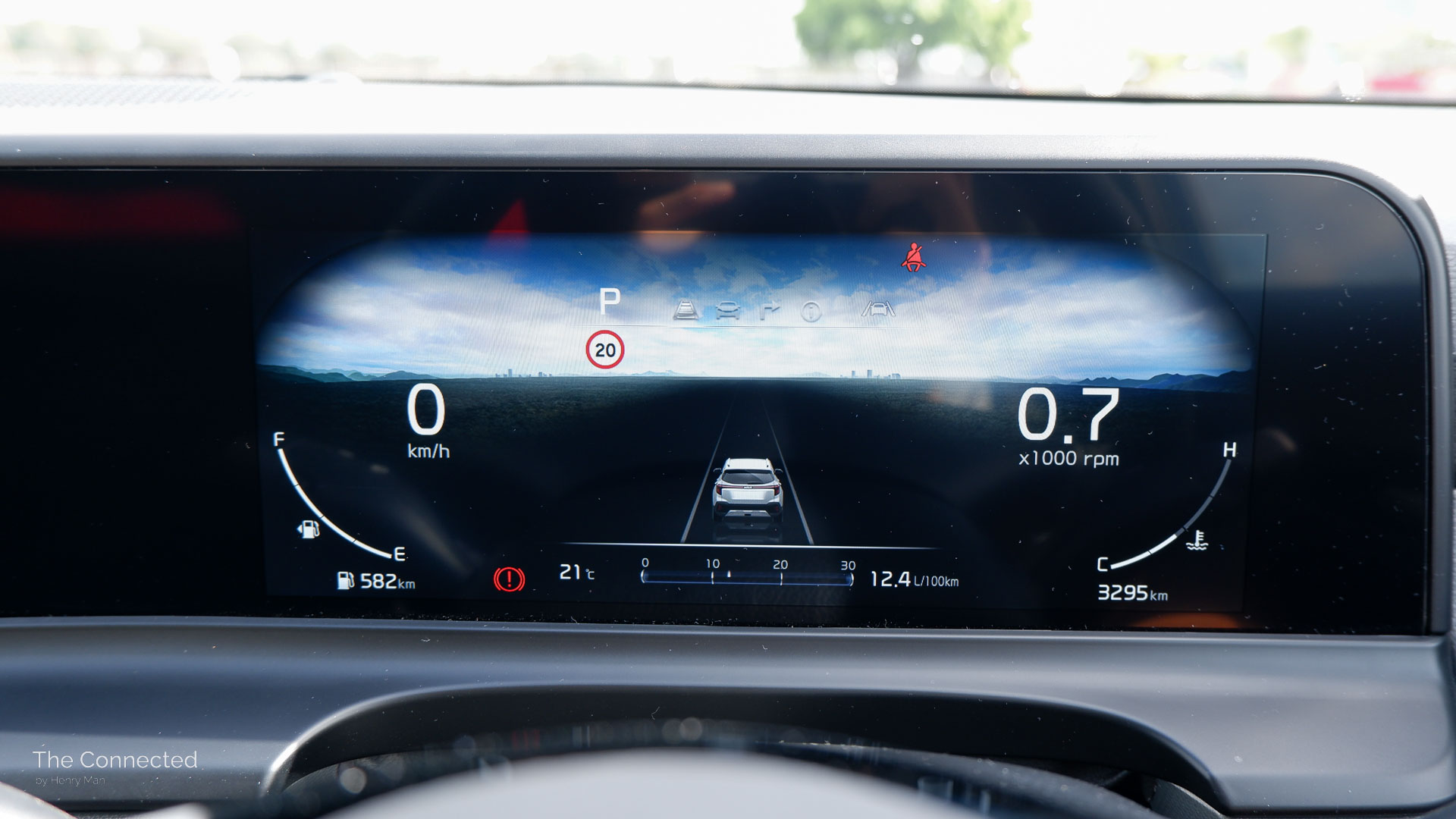
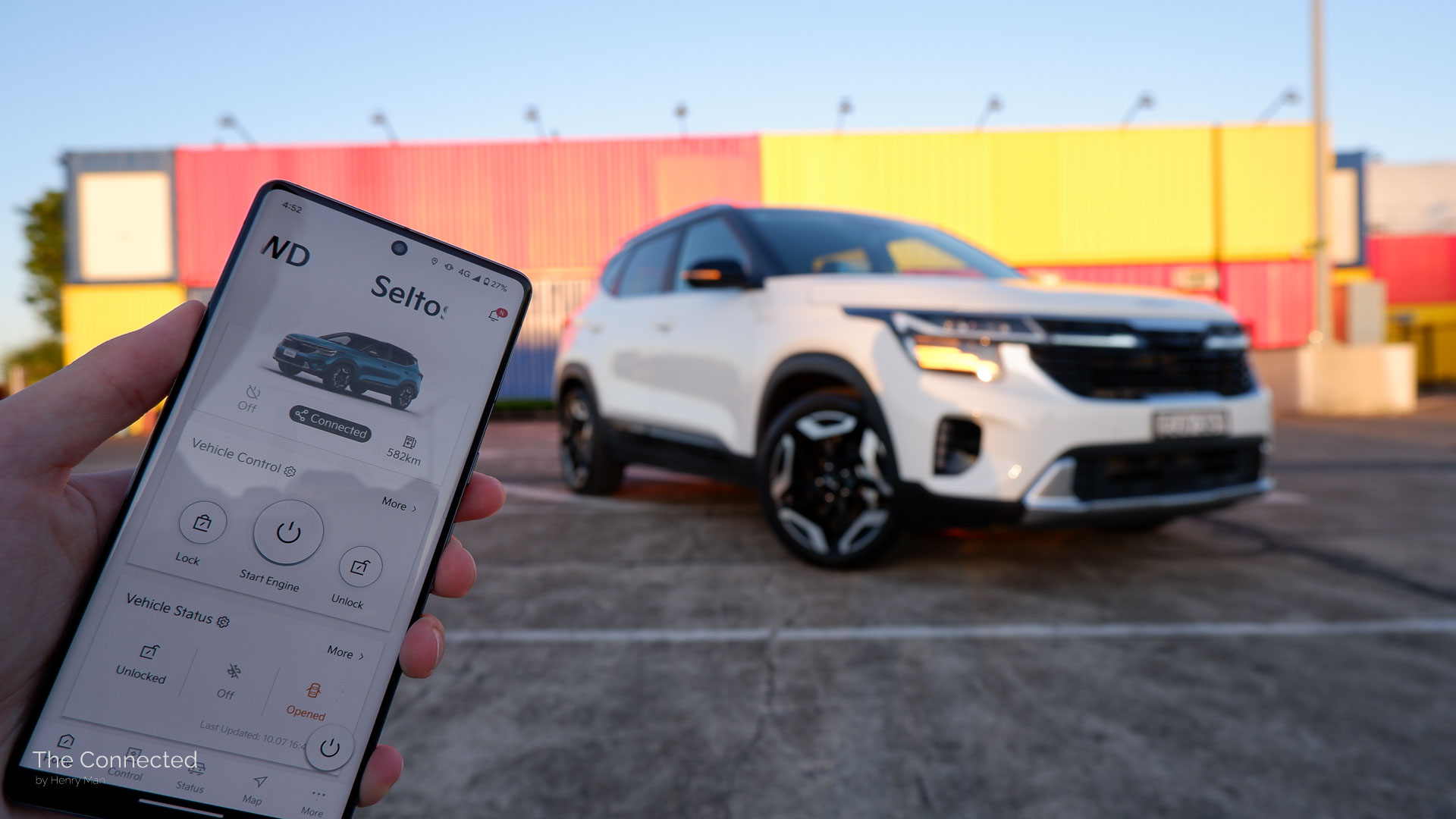
The Seltos uniquely provides the charm of a physical HUD unit that pops up from the dashboard when starting the vehicle and retracts away when off – which gives the car somewhat of a character.
Seltos Sport and upwards include Kia Connect for the first seven-years, which brings connected services to the touchscreen, such as a fairly hard-to-use built-in voice control, checking the weather, and calendar syncing.
Importantly, there’s Kia Connect smartphone app connectivity, which enables owners to check the status of the vehicle, start the engine to pre-condition the interior, and sound the alarm remotely.
This brings the Seltos’ tech more modern than before (even the futuristic Kia EV6 electric car doesn’t have it for now), even though users can’t monitor its surroundings due to a lack of a 360-degree camera system in Australia.
The standard stock six-speakers and eight-speaker Bose branded system on the GT-Line were decent with not much difference between the two.
However, I noticed it has a more irritating high-pitched sound when chiming safety assistance and speed limit warnings compared to other Hyundai group cars.
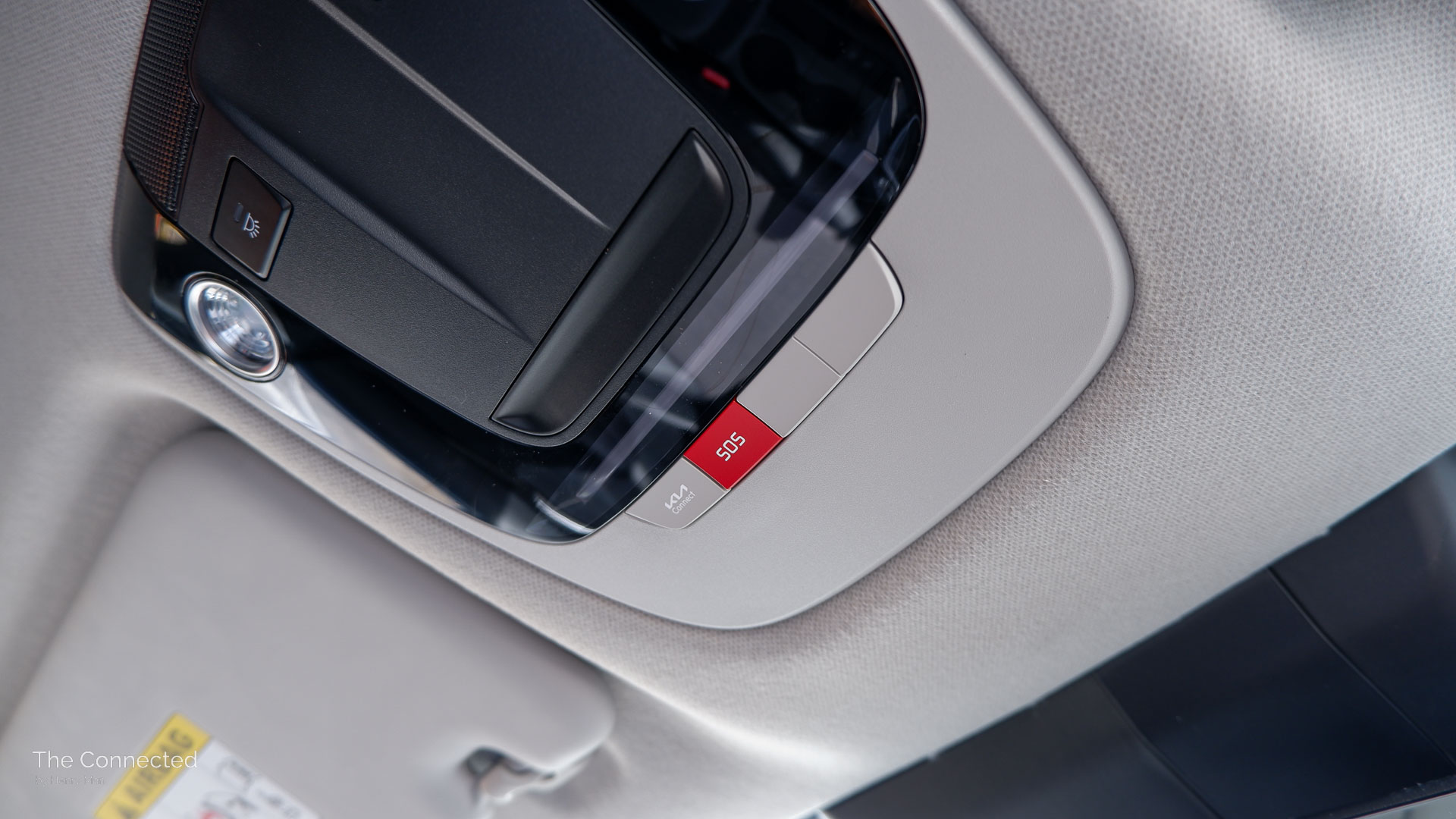
Safety.
2024 Kia Seltos Sport+/GT-Line safety features (on test):
| Front auto emergency braking with vehicle/pedestrian/cyclist/intersection detection | Door open warning |
| Blind-spot assist | Reversing camera |
| Rear cross-traffic assist | Front and rear parking sensors |
| Lane-centring and lane-keep assist | Full LED headlights (GT-Line only) |
| Adaptive cruise control | Front fog lights (halogen Sport+/LED GT-Line) |
| Driver attention monitoring with front vehicle departure warning | LED-incandescent combination tail-lights (GT-Line only) |
The facelifted Kia Seltos carries the same full five-star safety rating from the Australasian New Car Assessment Program (ANCAP) under the outdated 2019 testing criteria.
The new model brings more camera- and radar-based active safety assistance systems as standard on lower variants – rather than relegating it to an option pack.
But, this also means that buyers need to step up to the almost $40K drive-away Sport+ in order to have adaptive cruise control and more advanced cyclist and intersection detection for front AEB.
This would’ve been acceptable if the Seltos wasn’t as pricey to buy. Most small SUVs – including the related base Hyundai Kona which is cheaper than the Seltos Sport+ – have adaptive cruise as standard.
As per all Hyundai group cars, the safety assist setup performs well and, even though S and Sport lack the convenience of adaptive cruise, there’s still lane-centring assist at any speed which helps, but requires some driver input.

About the sensitive lights.
Be aware, I found the Kia Seltos to have an over-sensitive ambient light sensor.
My Sport+ example turned on the headlights as soon as you drive under a shadow from a tree or bridge – yes, even if it’s just for a split second – while the GT-Line tester was less sensitive, but still activated the night lights when under shade for several seconds.
Judging from the pre-update Seltos’ on the roads, it appears to exhibit the same behaviour. I’d suggest turning off the automatic light system, as it can send wrong signals to other road users.
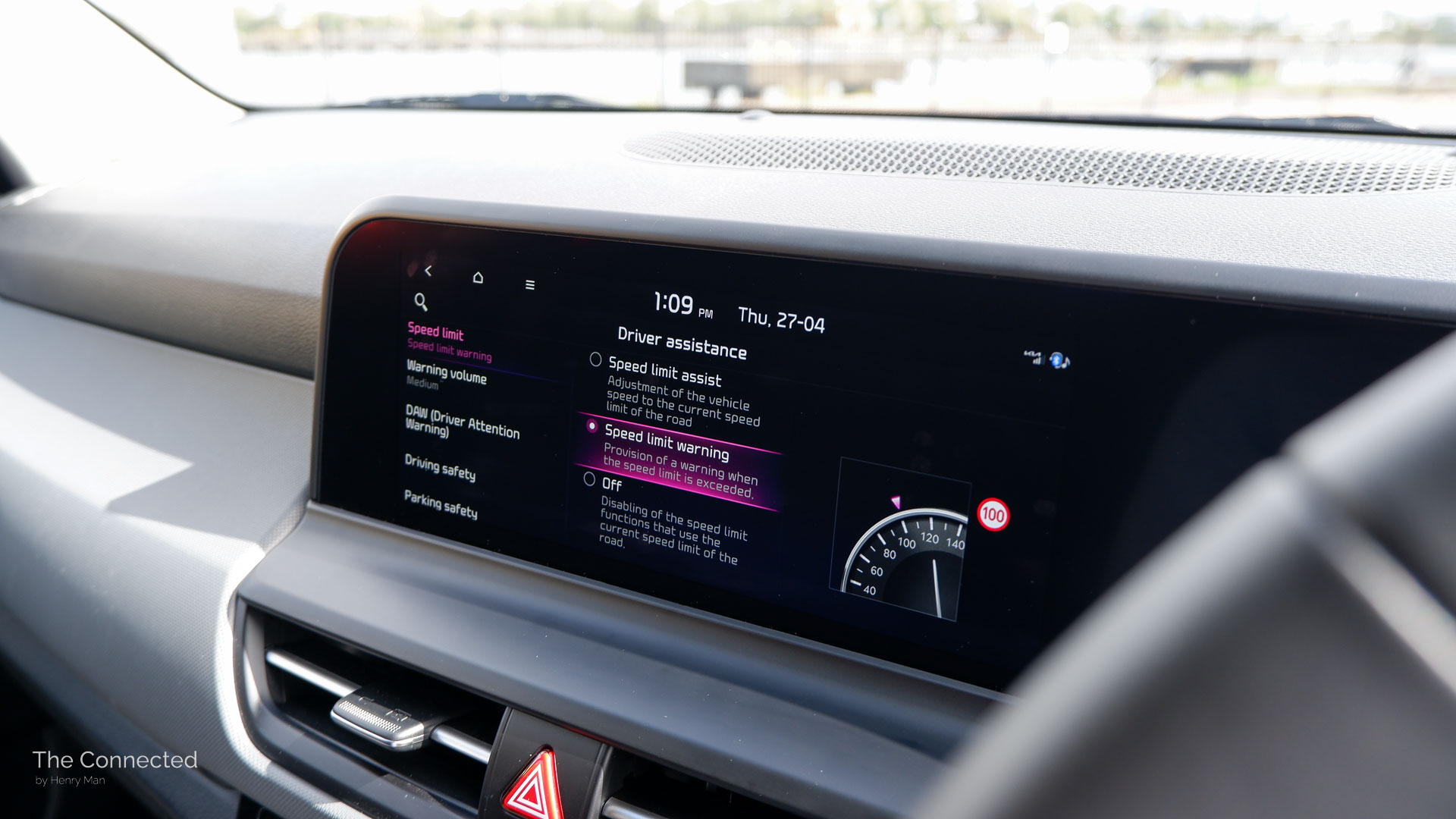

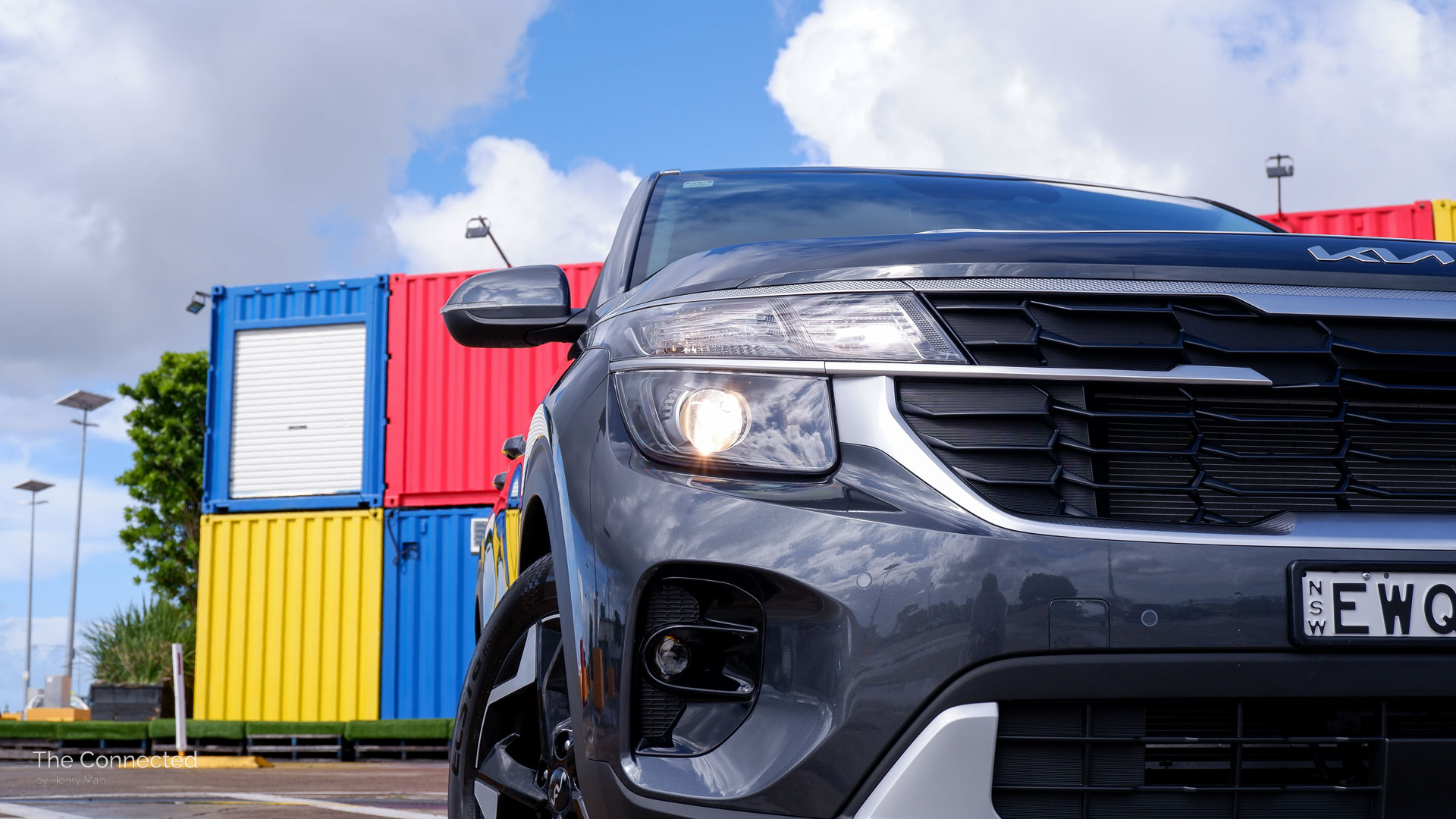
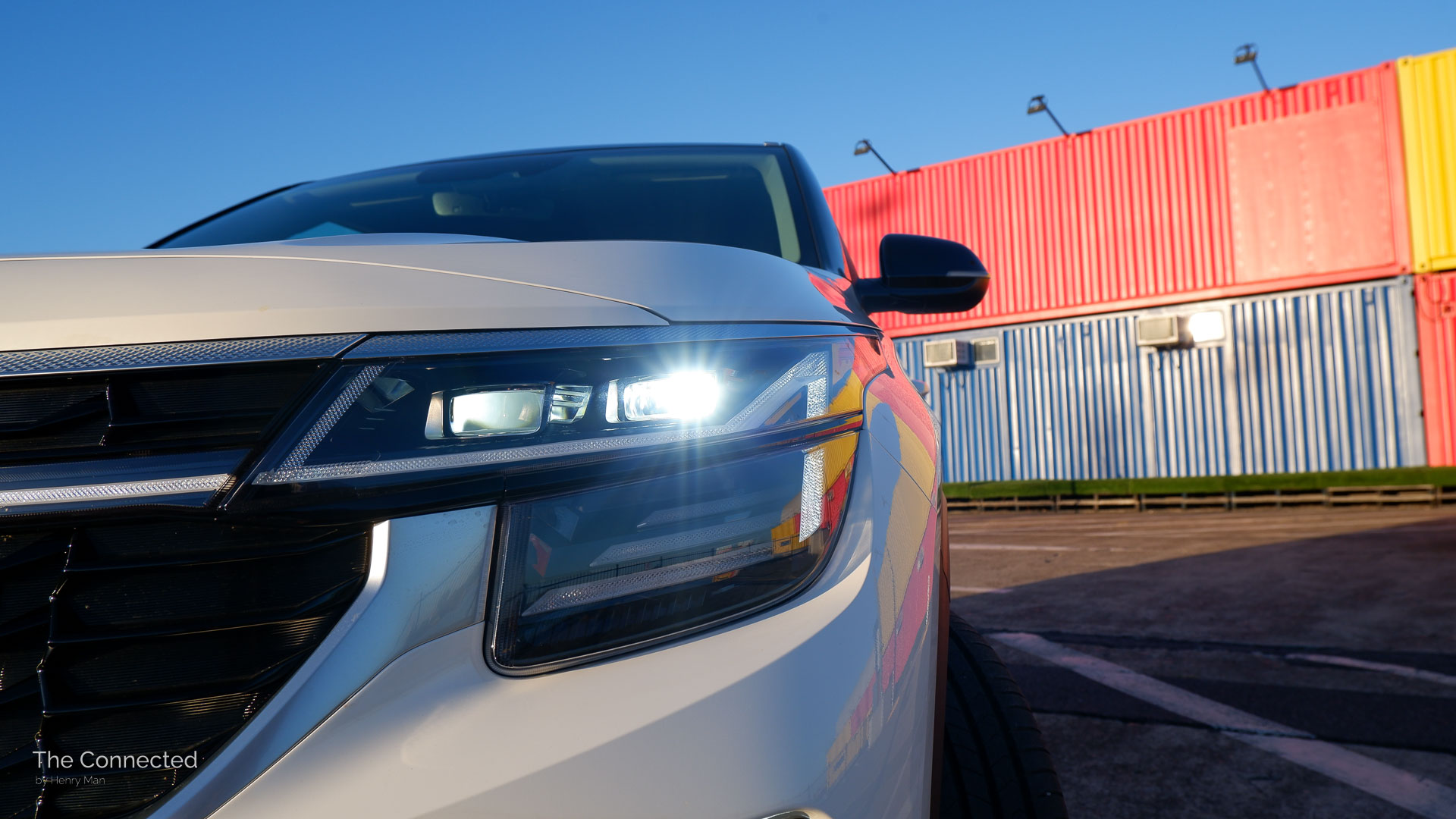
Pictured: Sport+ (left), GT-Line (right)
Furthermore, it’s the first Kia in Australia to debut the irritatingly accurate speed limit assist function. It conveniently detects most road signs, including give way and stop signs, and reflects it onto the instrument display (and HUD on the GT-Line).
Yet, it chimes – which is particularly high-pitched in the Seltos – every time it detects a new sign and beeps when you drive a touch over the detected limit. It sometimes scans incorrectly or the wrong sign and school zone limits at all times.
There’s a shorter method for disabling it, but it reactivates every time you start the vehicle. And, it’s only here because Australia follows European software, where it is mandated.
Despite increased prices, the full LED headlights remain exclusive to the flagship GT-Line. It is an important safety feature at night, even though the projector-type halogens on all other trims still offers decent reach and spread for its type.
The rest of the range also have poultry halogen daytime running lights, while the Sport+ only gets halogen front fog lights. The GT-Line boasts LED front fog lights and a rear LED light bar, yet it still uses incandescent indicator bulbs at the back.
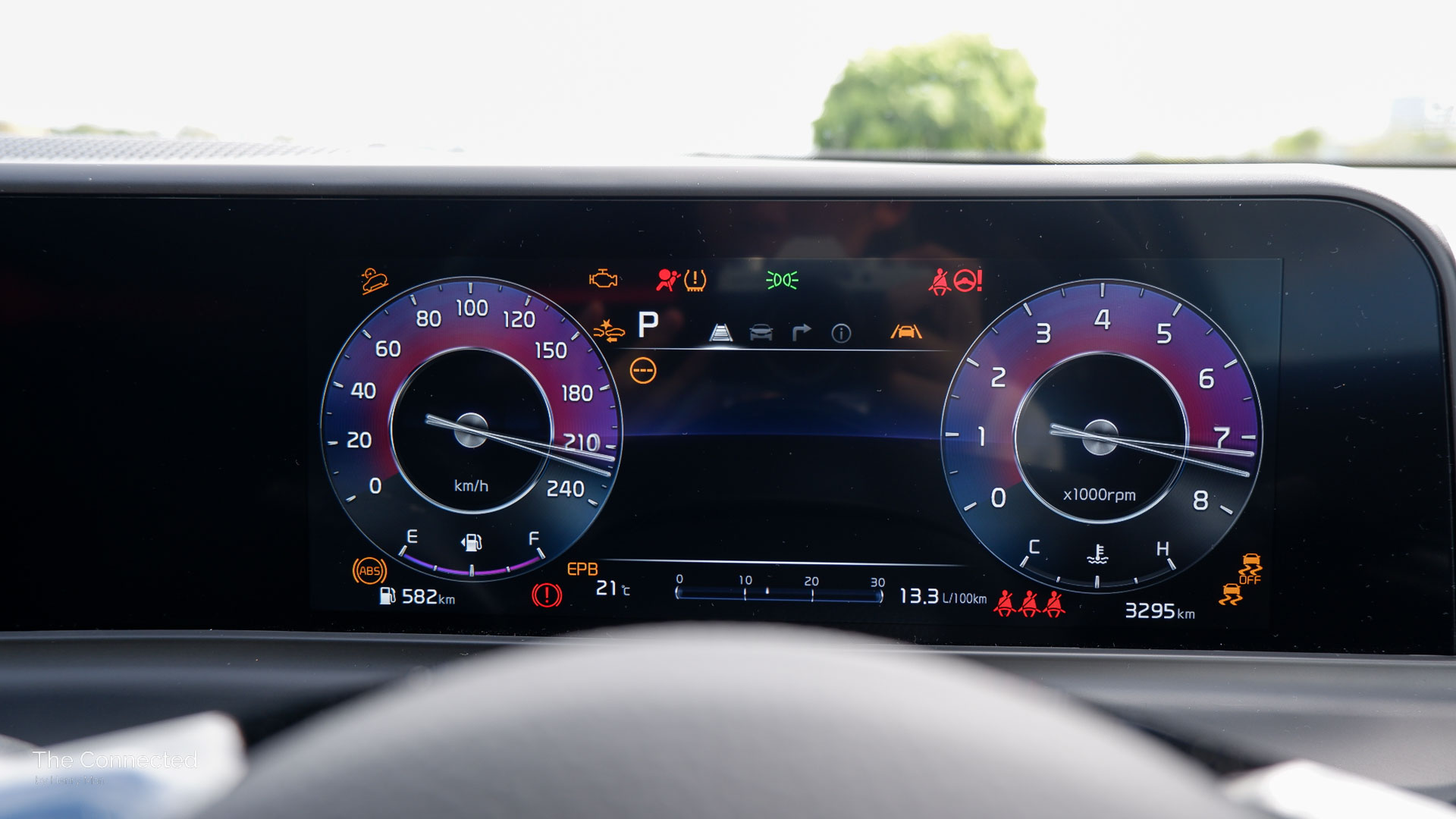
Range and fuel consumption.
2024 Kia Seltos fuel and efficiency specs (on test):
| Sport+ 2.0L | GT-Line 1.6T | |
| Claimed driving range (combined) | 725km | 676km |
| Claimed fuel efficiency (combined) | 6.9L/100km | 7.4L/100km |
| Fuel tank | 50-litres | |
| Minimum fuel quality requirement | 91RON unleaded petrol | 91RON unleaded petrol |
| Claimed CO2 exhaust emissions (combined) | 157g/km | 175g/km |
| European emissions compliance | Euro 5 | Euro 5 |
The Kia Seltos line-up is offered with a 2.0-litre naturally aspirated four-cylinder petrol engine as standard or an optional turbocharged 1.6-litre petrol unit for $3400 or $3500 more on the Sport+ and GT-Line respectively. To keep it simple, Kia labels them as 2.0L and 1.6T respectively.
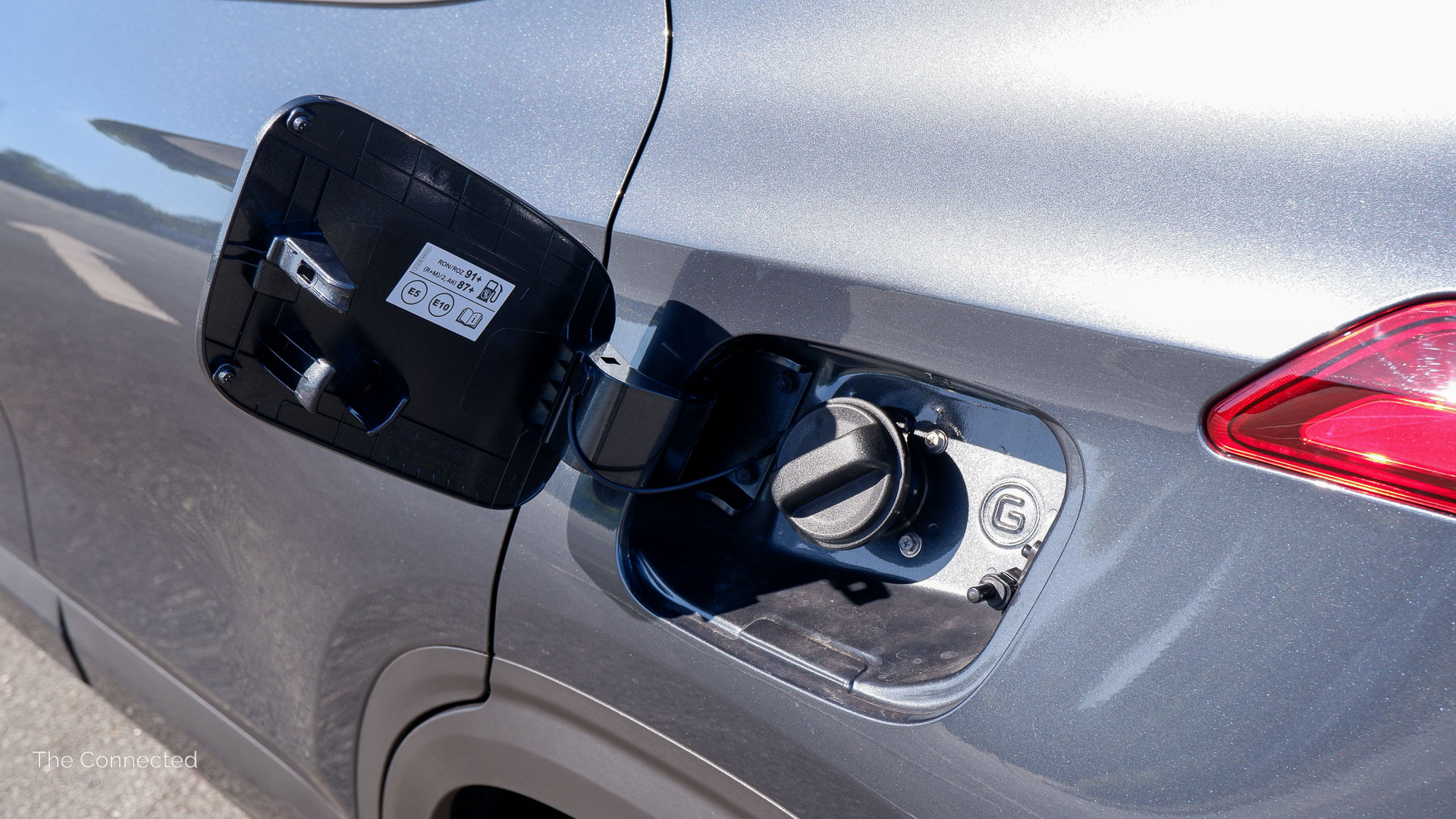

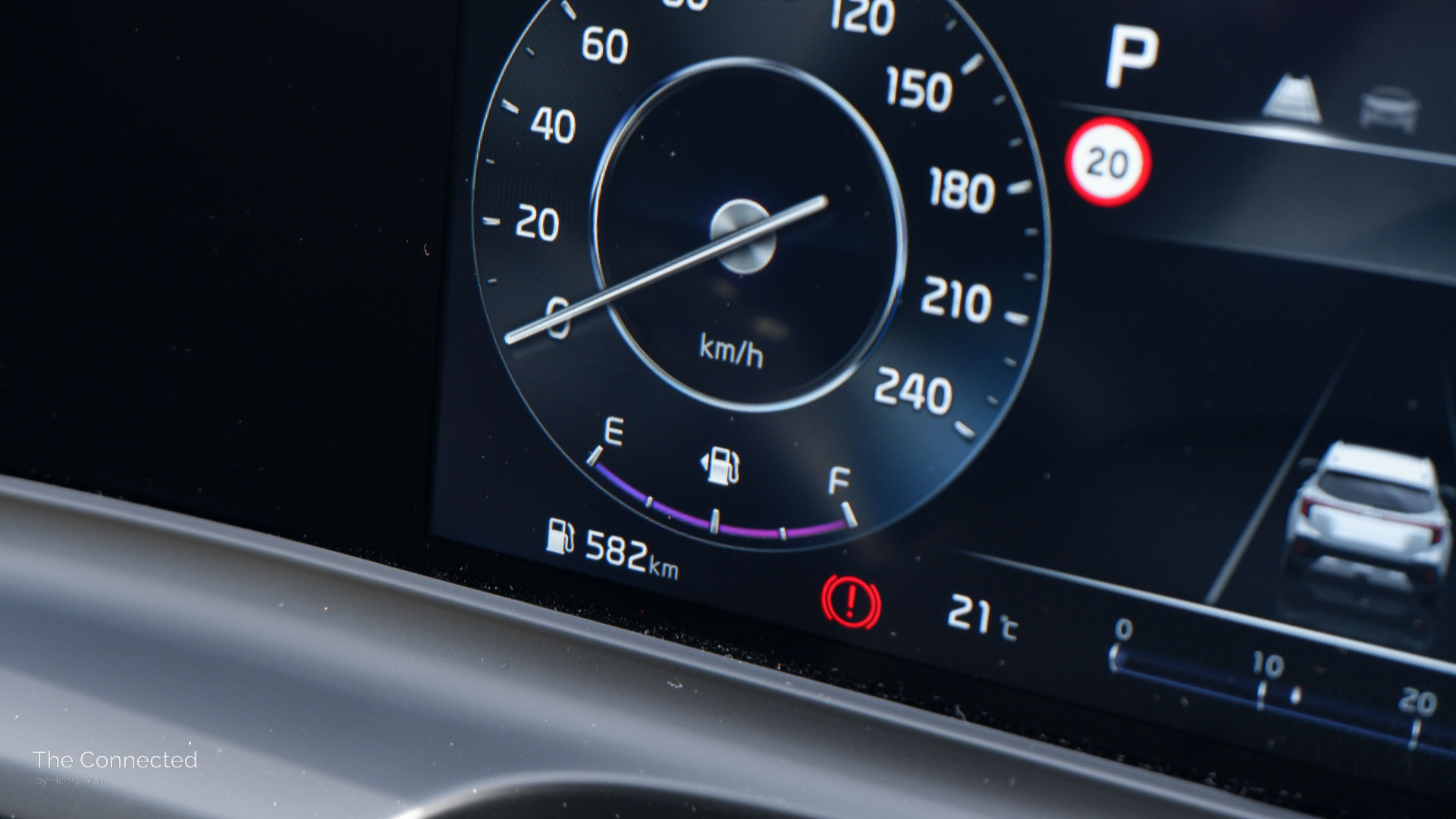
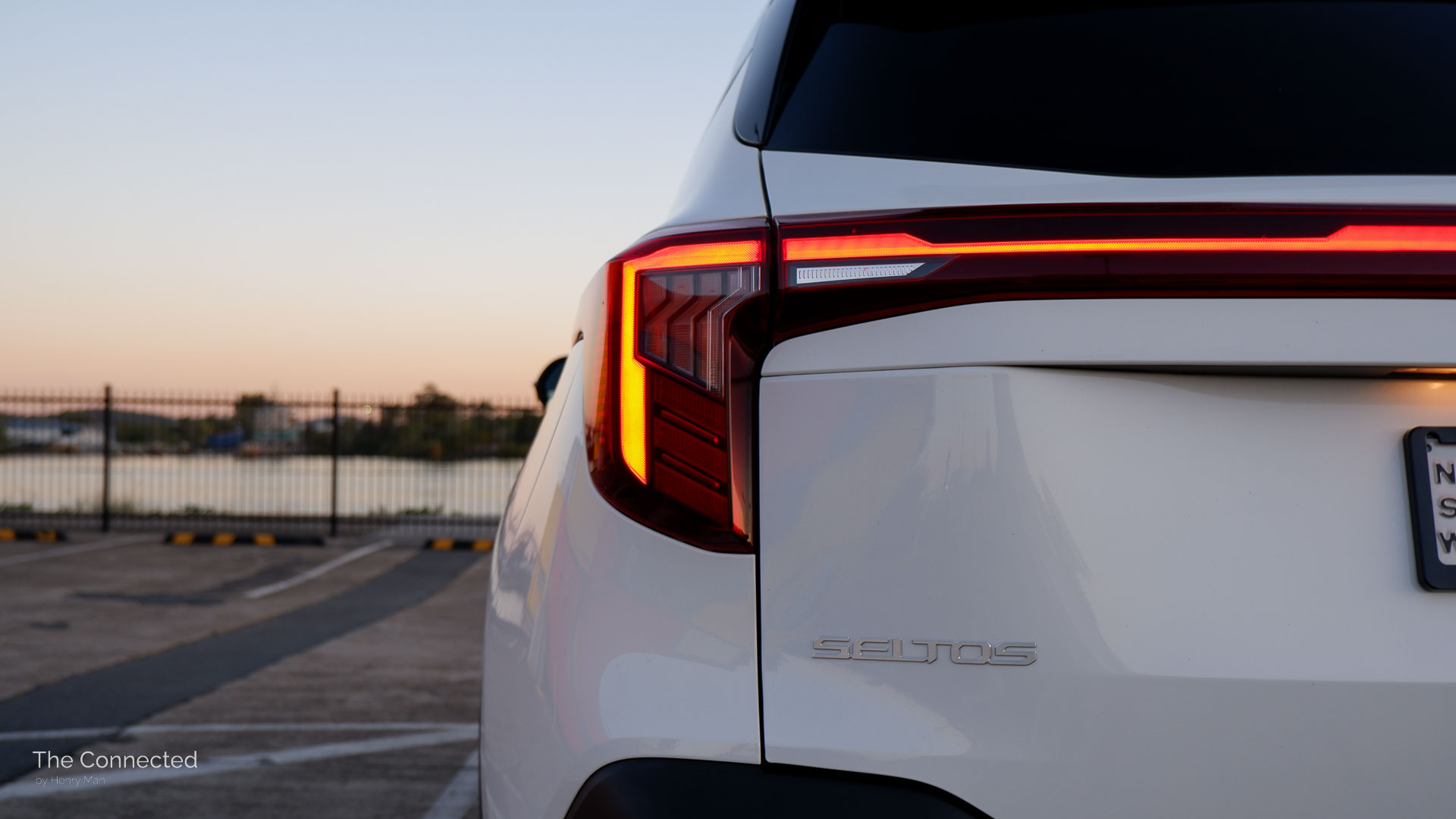
In my week with the 2.0L Sport+ variant driving a mix of urban and highway environments, the Seltos indicated 8.0L/100km fuel consumption, resulting in 625km real-world driving range.
Meanwhile, a similar driving mix on the 1.6T GT-Line I tested resulted in a higher 10.7L/100km fuel consumption and just 467km real-world range.
As expected, both are higher than Kia’s claims. With fuel prices continuing to sit at high levels for the foreseeable future, the standard 2.0L petrol engine is the more sensible choice.
READ MORE: 2023 Kia Sportage SX+ review: But the GT-Line…
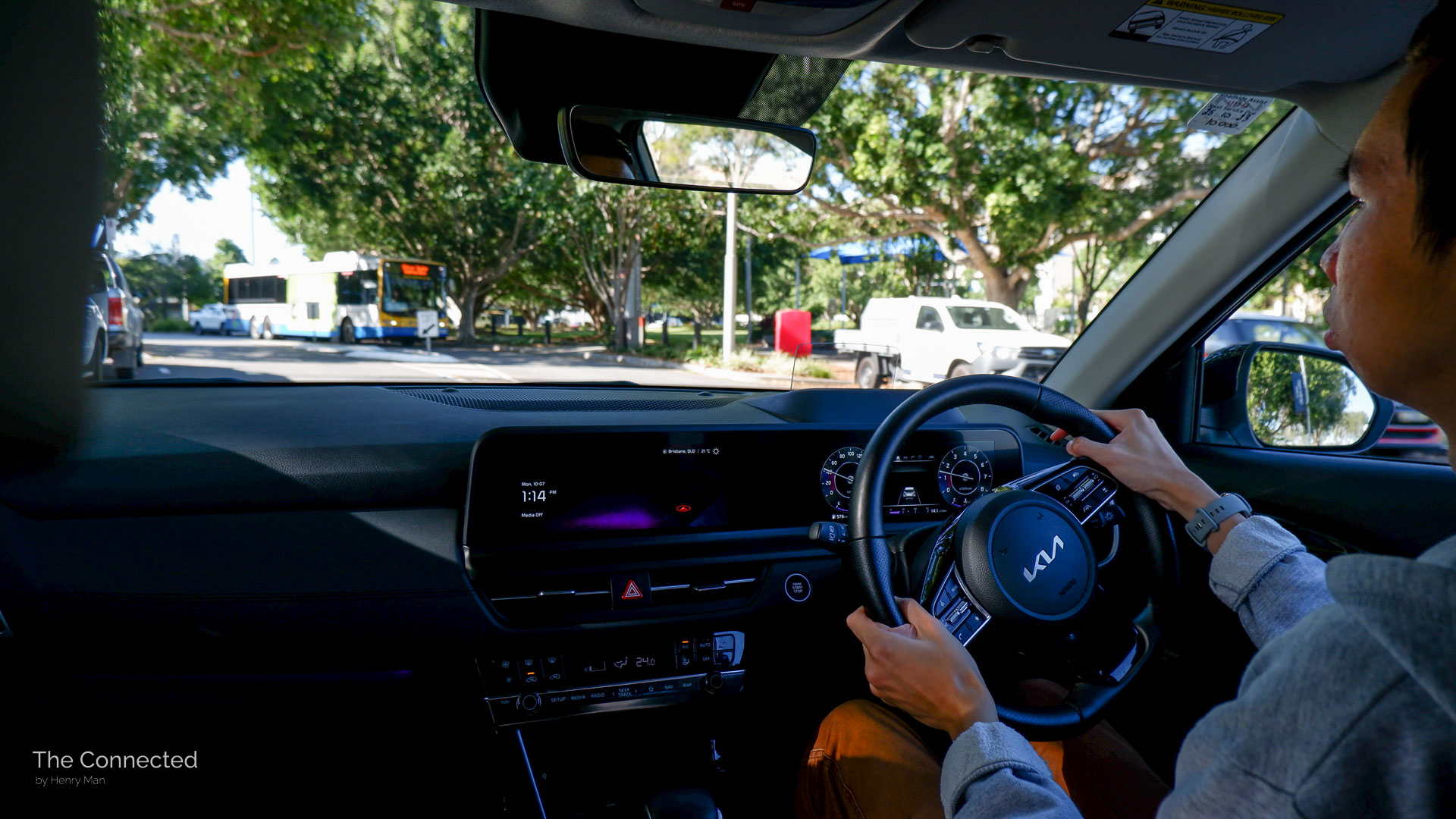
Driving.
2024 Kia Seltos powertrain specs (on test):
| Sport+ 2.0L | GT-Line 1.6T | |
| Engine | 2.0-litre naturally-aspirated four-cylinder petrol | 1.6-litre turbocharged four-cylinder turbo |
| Power | 110kW @6200rpm | 146kW @6000rpm |
| Torque | 180Nm @4500rpm | 265kW @1600-4500rpm |
| Transmission | CVT | Eight-speed torque converter auto |
| Drive Type | FWD | AWD |
| Tare weight (10L fuel filled) | 1375kg | 1495kg |
| Estimated payload | ~460kg (minus max 130kg towball download) | ~455kg (minus max 130kg towball download) |
| Towing (unbraked / braked) | 600 / 1100kg | 600 / 1250kg |
The Seltos’ standard 2.0-litre petrol engine is front-wheel drive and has a continuously variable transmission (CVT), which means it uses a single band instead of multiple gears.
It provides more than enough power for everyday driving around urban and suburban roads, and gets up to speed reasonably well for highways.
The CVT responds to the accelerator pedal promptly and doesn’t groan as much when pushed harder – a typical trait for not having gears.
Meanwhile, the optional 1.6-litre turbo-petrol is all-wheel drive and now uses a smoother eight-speed torque converter automatic transmission with 16kW more power.
Despite having 36kW of power and 85Nm of torque more – and available at a lower rev band – than the standard 2.0L engine, the transmission is slower to respond to inputs, it tends to keep in high gears, and there’s some turbo lag.
As a result, in my experience, the driving power feels inferior to the 2.0L due to the slower response that only the gear-less CVT can offer.
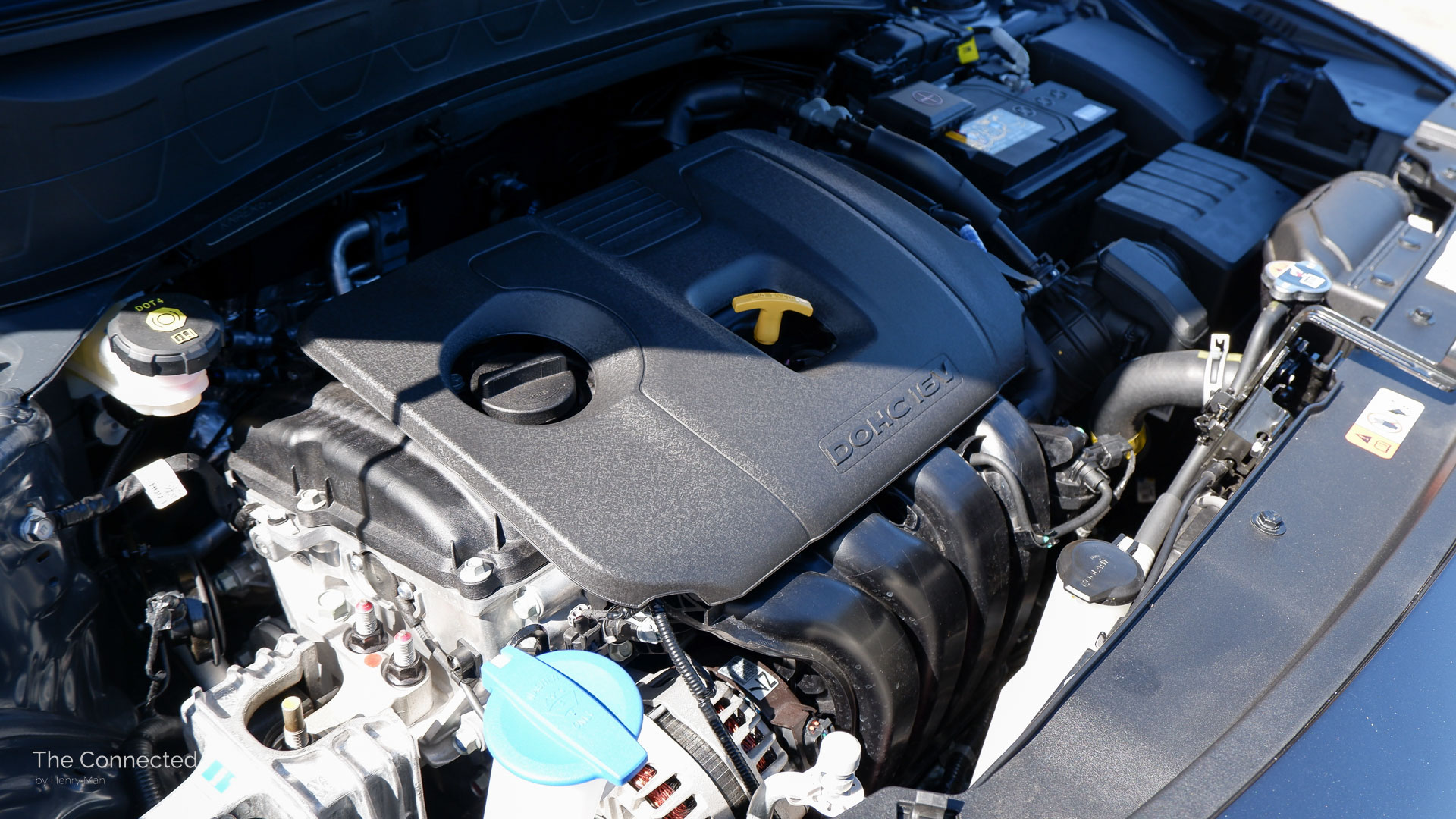
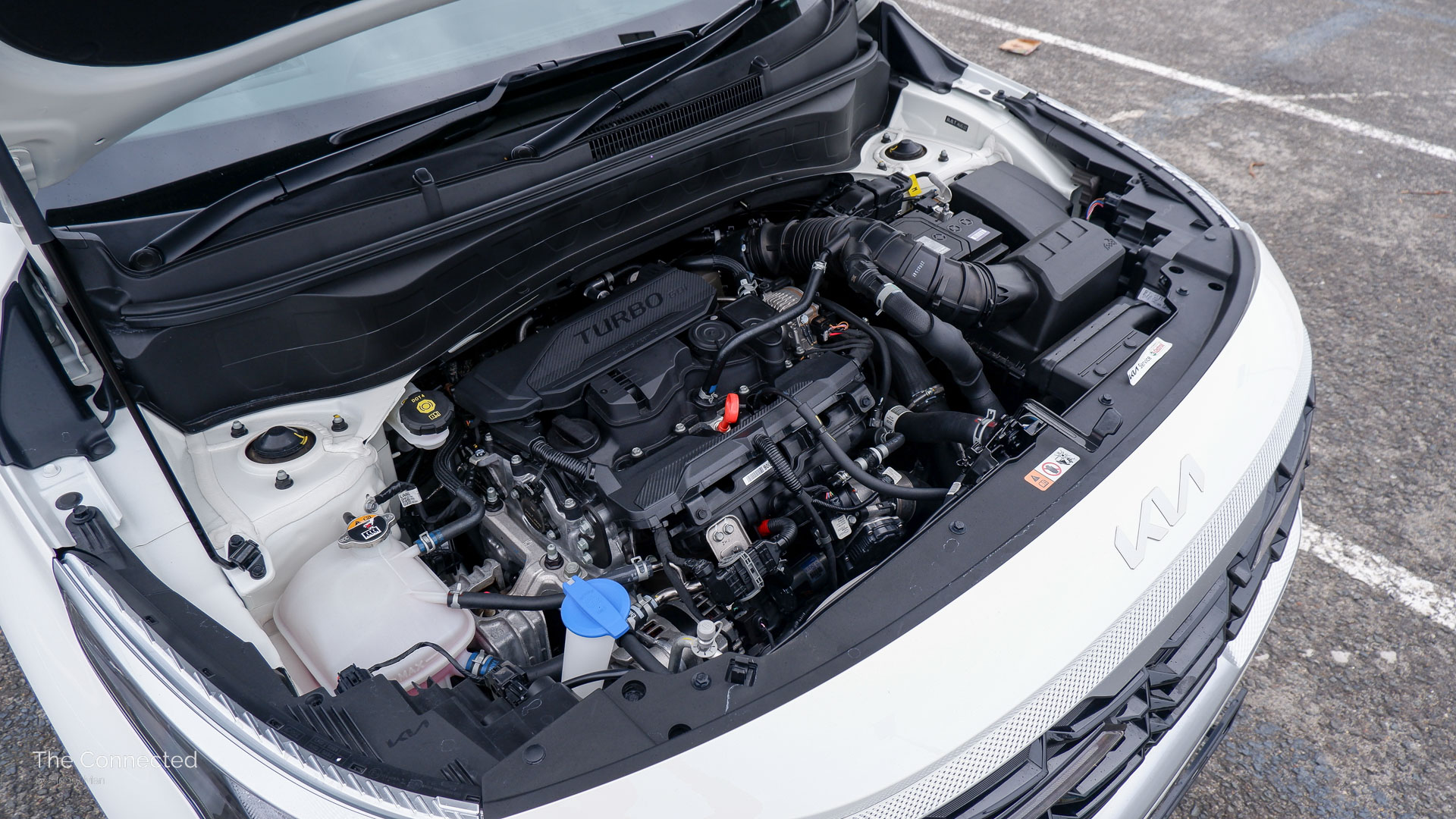
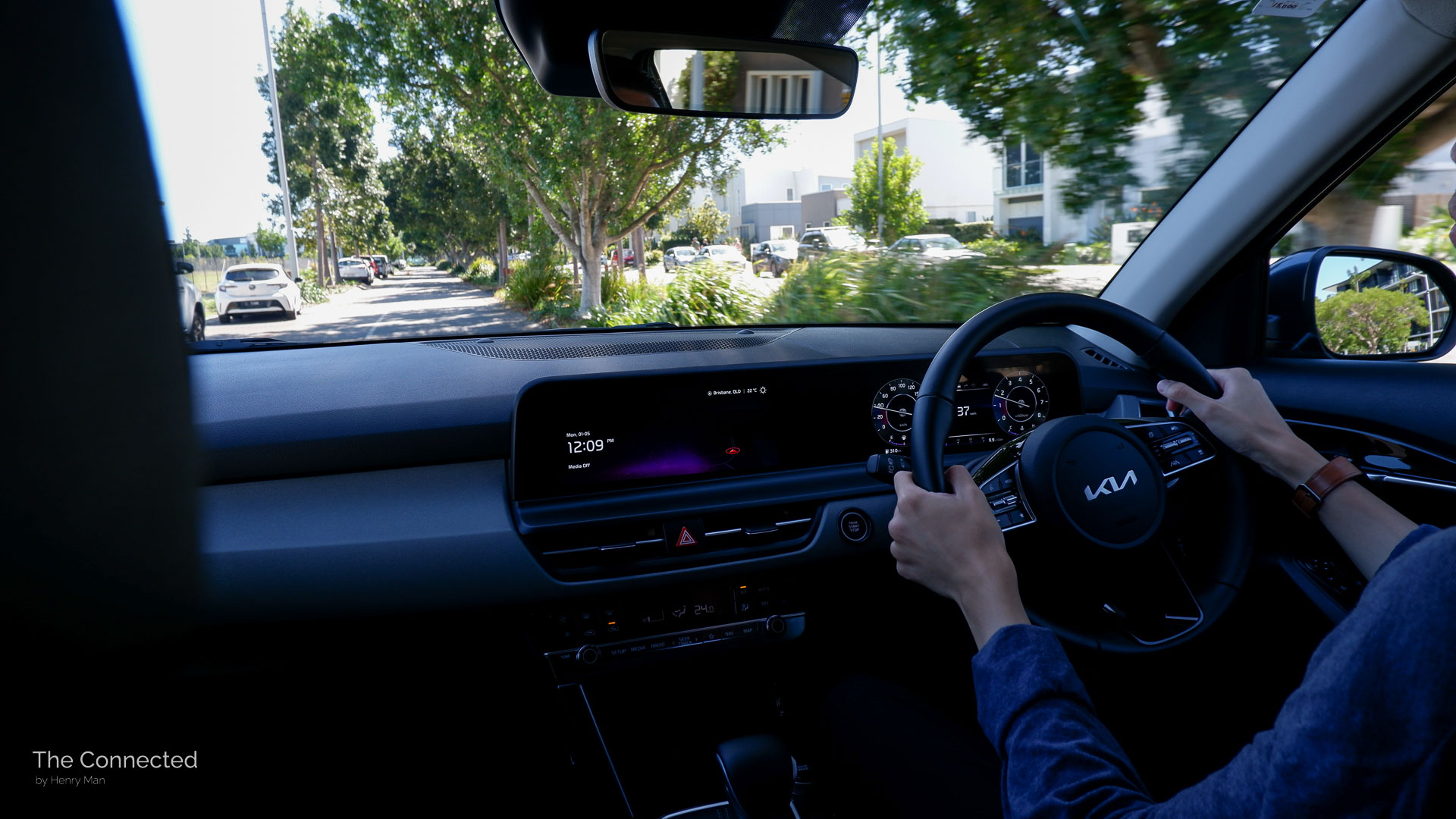
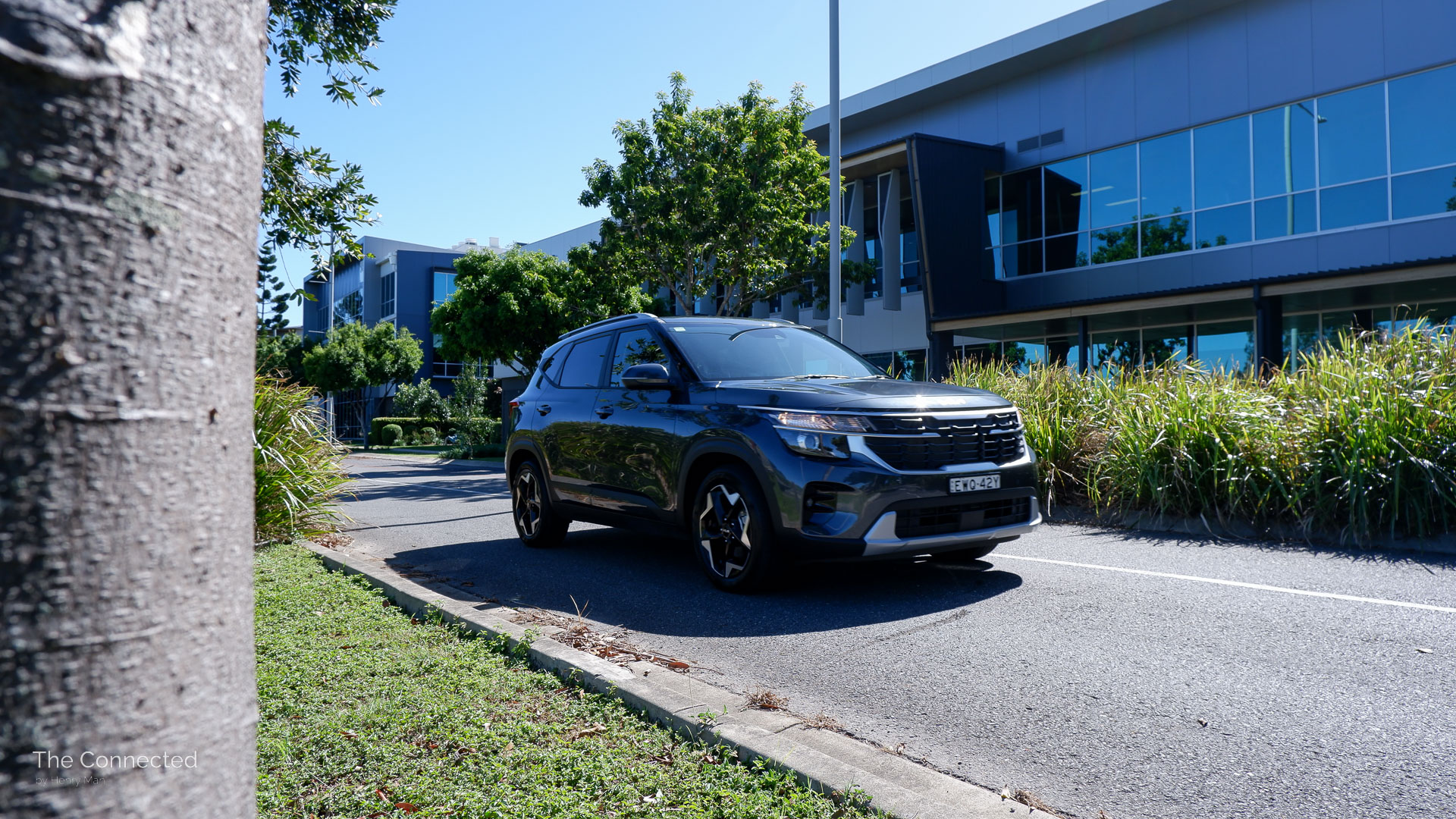
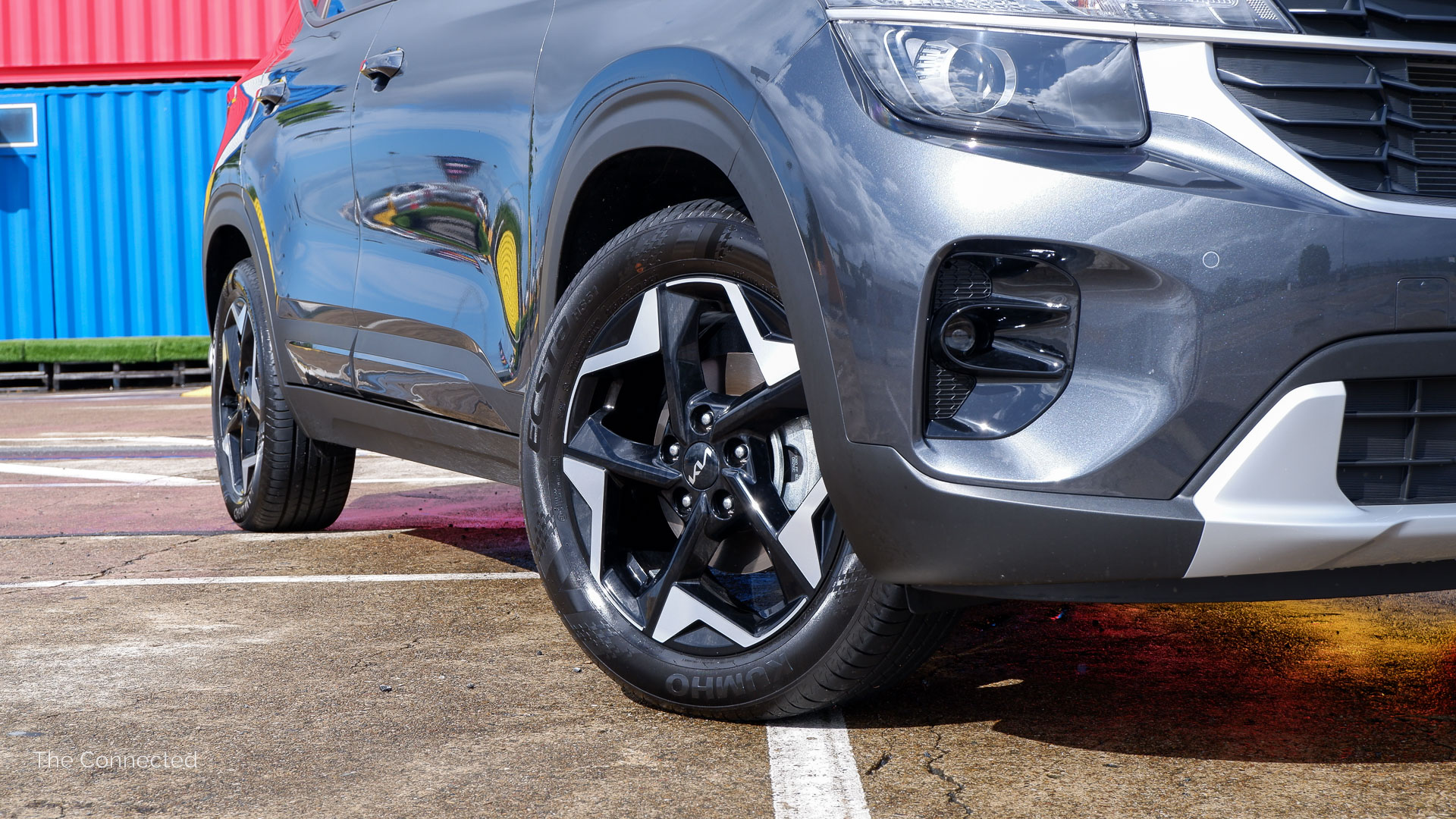
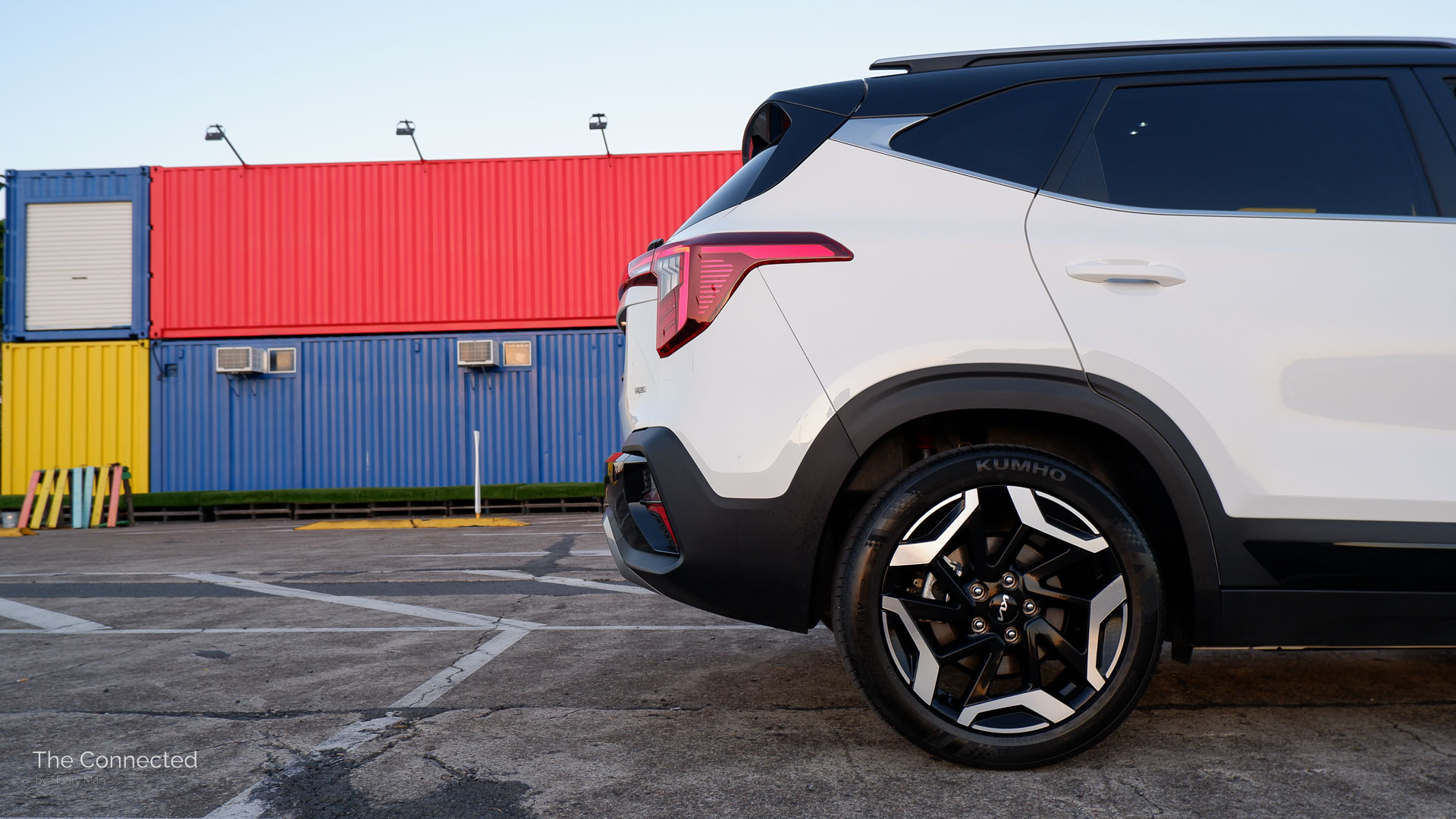
I found toggling ‘manual’ mode at the gear stick offset this issue on the 1.6T. Given the GT-Line badge signals more sporty positioning, I would’ve liked paddle shifters behind the steering wheel, even if it’s artificial.
The 1.6T engine also sounds louder and rougher, and the GT-Line’s larger 18-inch wheels result in a slightly firmer ride with more road noise coming through the low profile 45mm tyres.
Mid-spec Seltos Sport and Sport+ grades have smaller 17-inch wheels, which have better noise isolation and a comfortable ride thanks to 10mm more sidewall. The base S has 16s and even thicker rubber.
The Seltos’ steering has a sporty edge and is slightly weighty, which is most noticeable at low speeds, but it’s still easy to manoeuvre. The boxier body shape provides good all-round visibility, including large rear glass for good rear-view mirror vision.
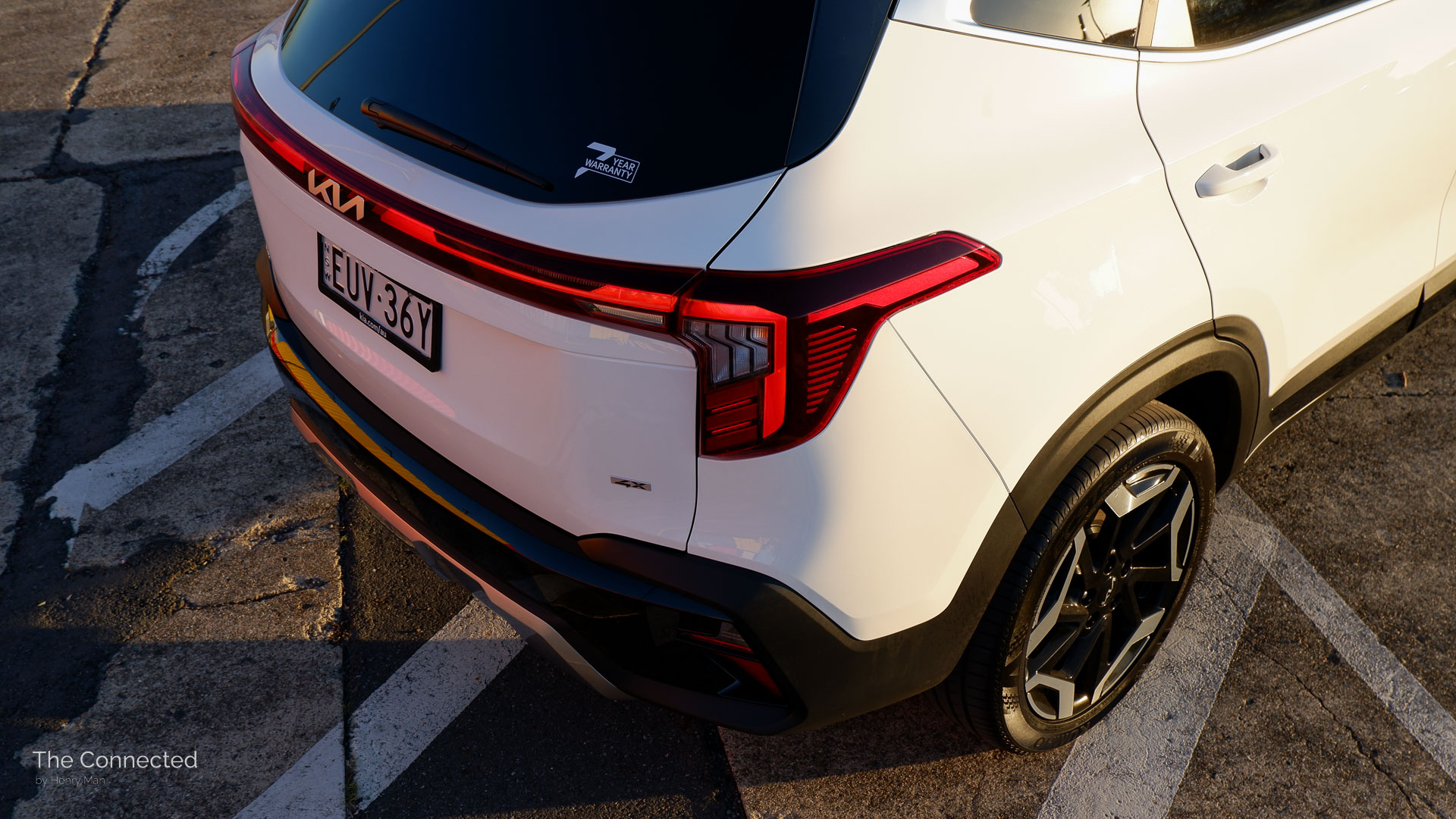
Ownership.
2024 Kia Seltos 2.0L capped-price servicing prices:
| 1 year/15,000km | 2 years/30,000km | 3 years/45,000km | 4 years/60,000km | 5 years/75,000km |
| $290 | $496 | $354 | $616 | $326 |
2024 Kia Seltos 1.6T capped-price servicing prices:
| 1 year/10,000km | 2 years/20,000km | 3 years/30,000km | 4 years/40,000km | 5 years/50,000km |
| $309 | $502 | $375 | $653 | $348 |
The Kia Seltos is covered by a seven-year, unlimited kilometre vehicle warranty.
Up to eight years of roadside assistance is provided, which is renewed for 12 months after every logbook service.
Capped-price servicing lasts for seven years and visits are required every 12 months/15,000km for the standard 2.0L FWD engine or every 12 months/10,000km for the optional 1.6T AWD engine.
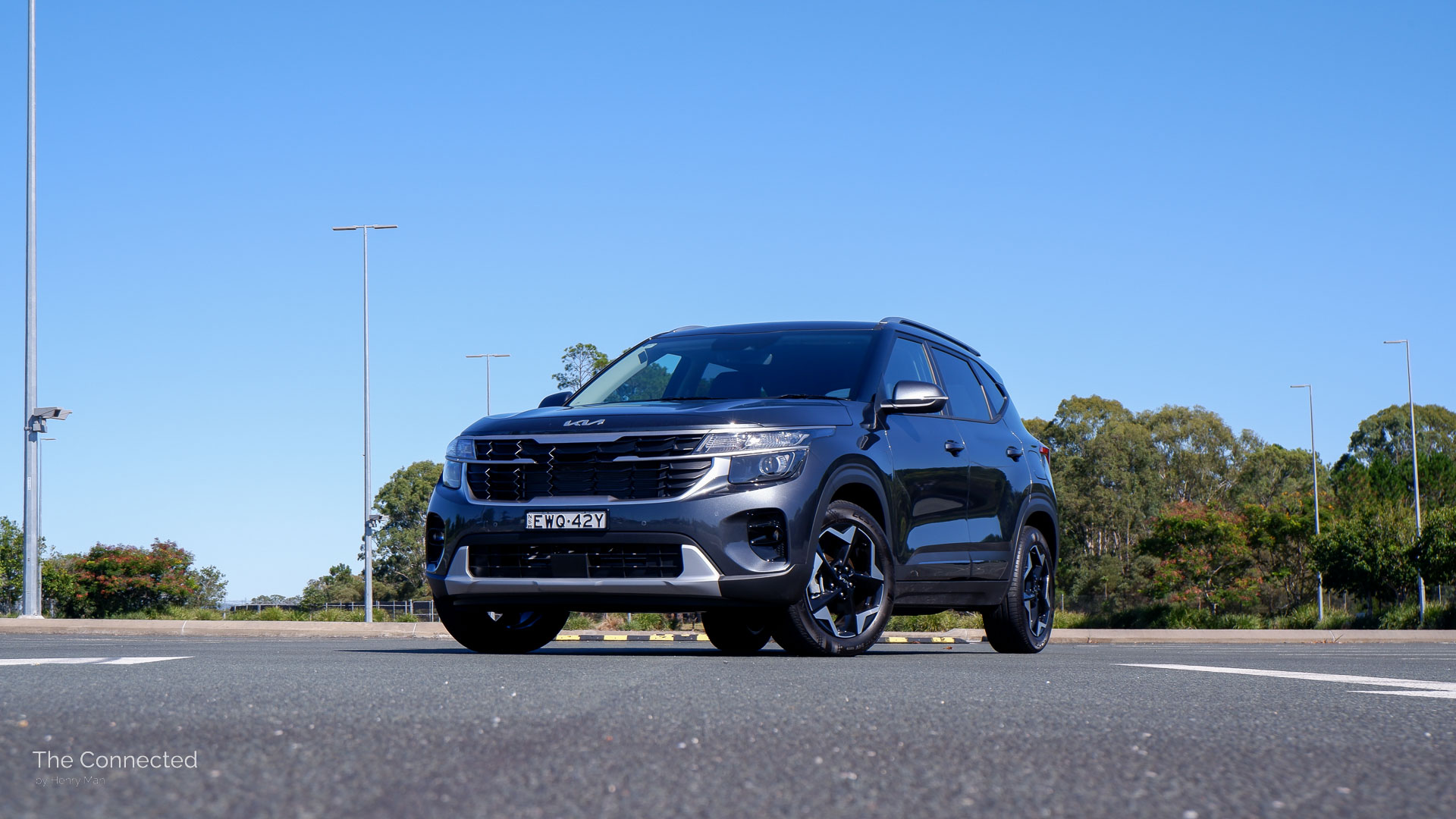
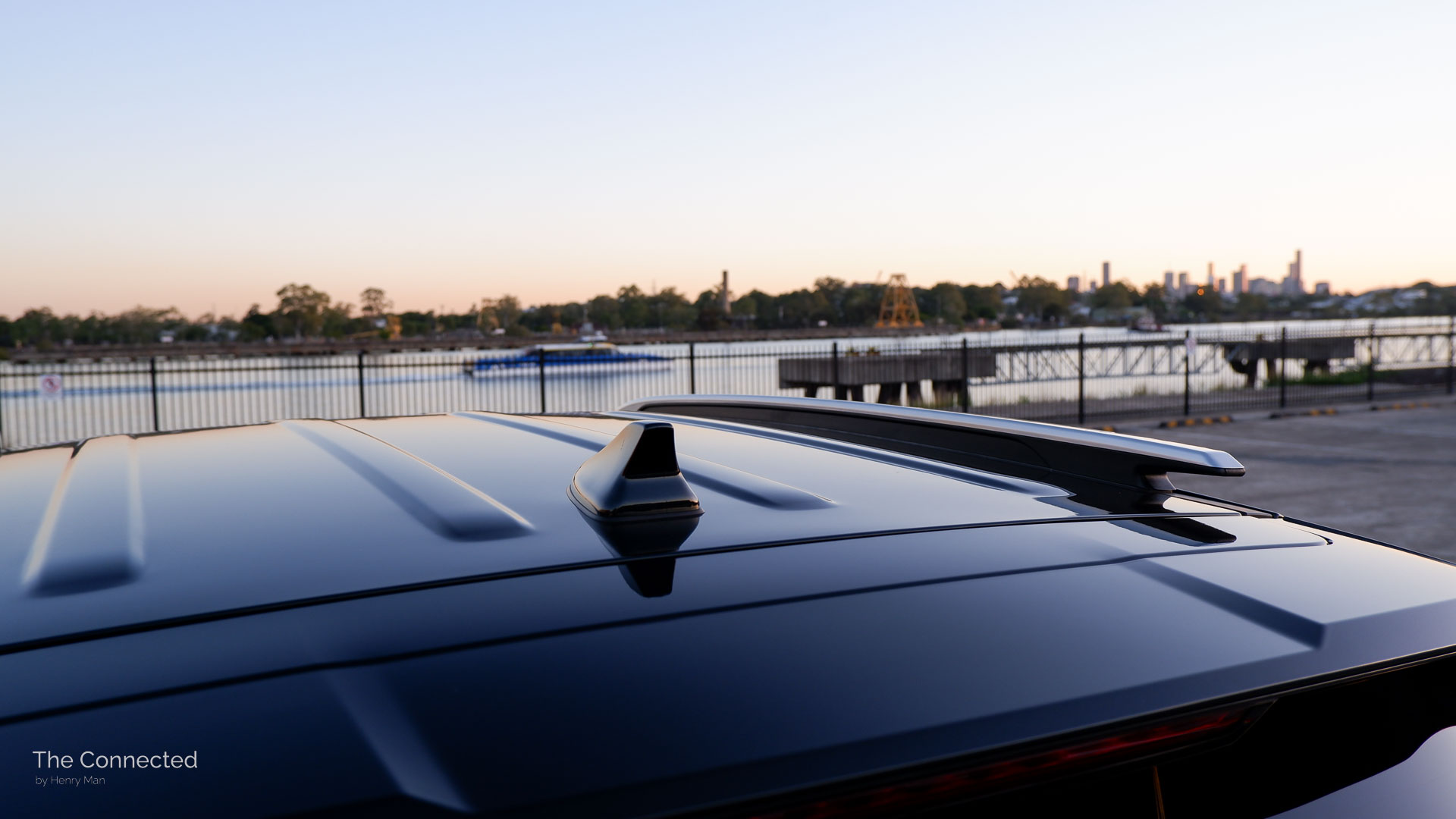
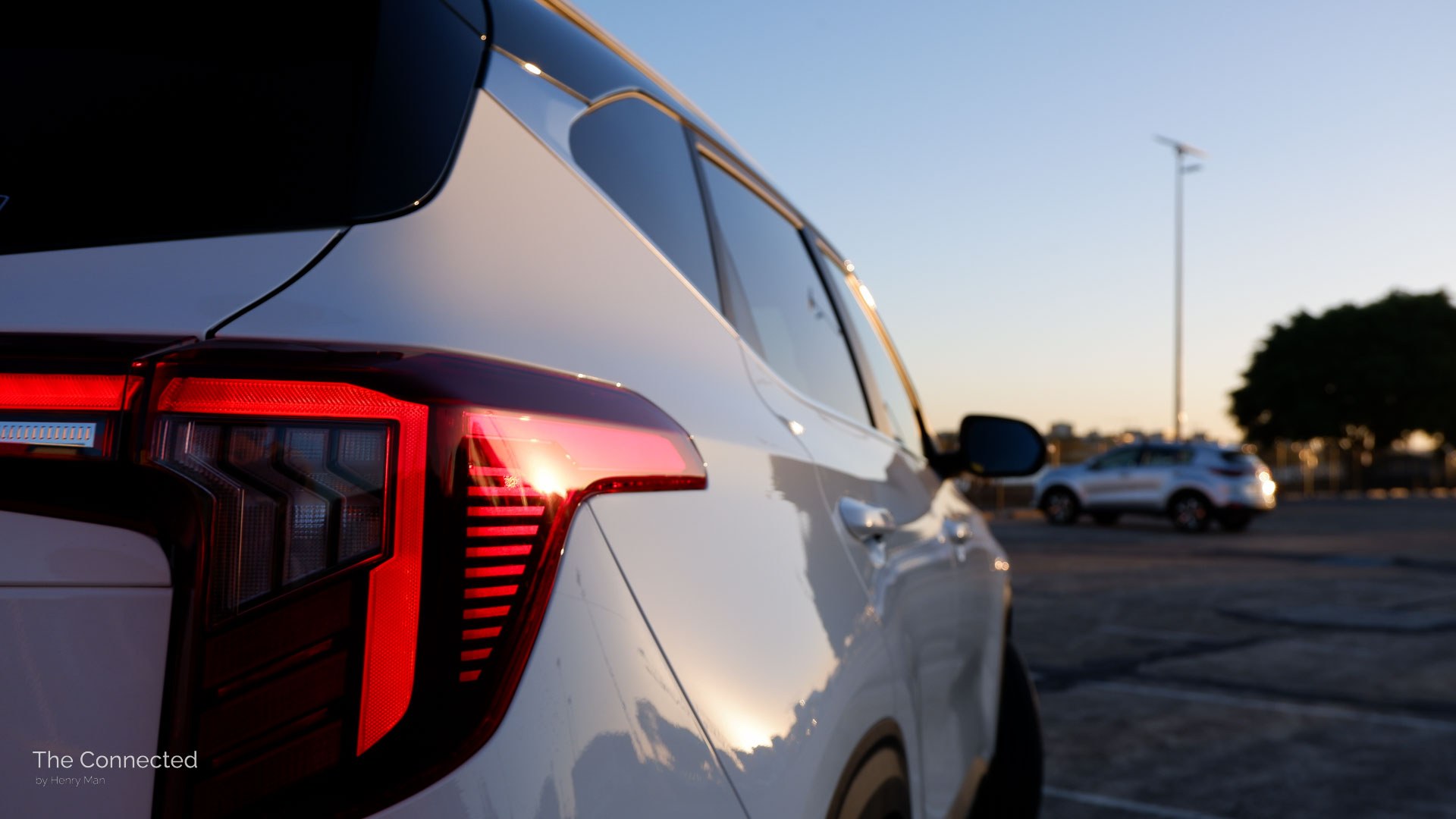
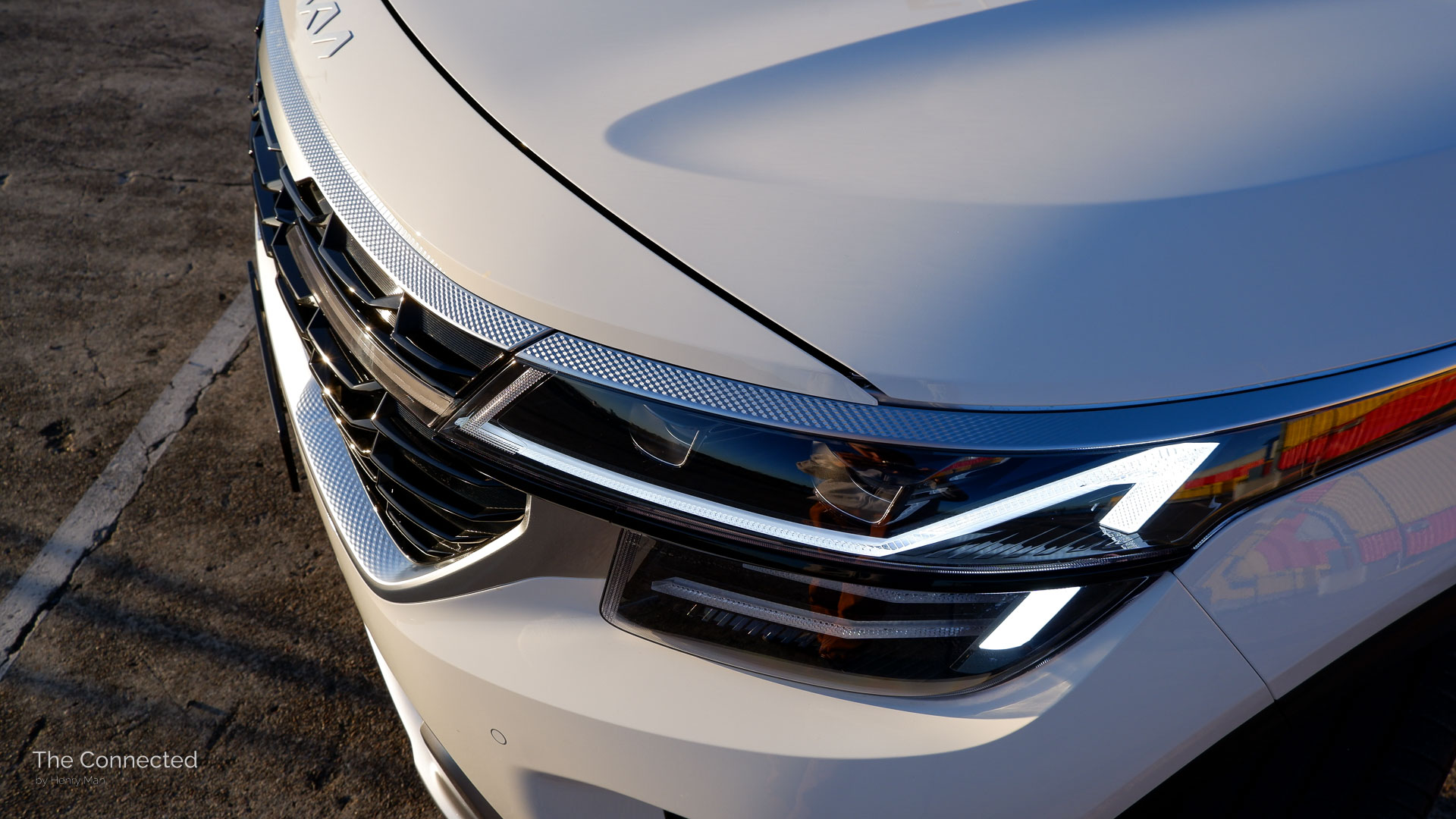
After the first five visits, it costs $2082 or $2187 respectively – which is slightly pricier compared to other rivals.
All Seltos models, except the base S, include seven years of free Kia Connect services and mobile app connectivity.
The entry-level Seltos S comes with a space saver spare tyre, while all other variants include a full-size spare tyre underneath the boot floor.

Rivals.
2024 Kia Seltos model range pricing (excluding on-road costs):
| S | Sport | Sport+ | GT-Line |
| 2.0L: $29,500 | 2.0L: $32,700 | 2.0L: $35,800 | 2.0L: $41,500 |
| 1.6T: $39,300 | 1.6T: $44,900 |
The facelifted Kia Seltos directly competes with the related new-generation Hyundai Kona (from $32,000 before on-road costs) is more expensive to buy at the entry level, but has more standard features than the Seltos Sport and Sport+ – including adaptive cruise control, a larger touchscreen, and LED headlights.
The Kona also benefits from slightly cheaper overall servicing costs, with the option of a more fuel efficient series-parallel hybrid powertrain and a sporty-looking N Line package on all variants.

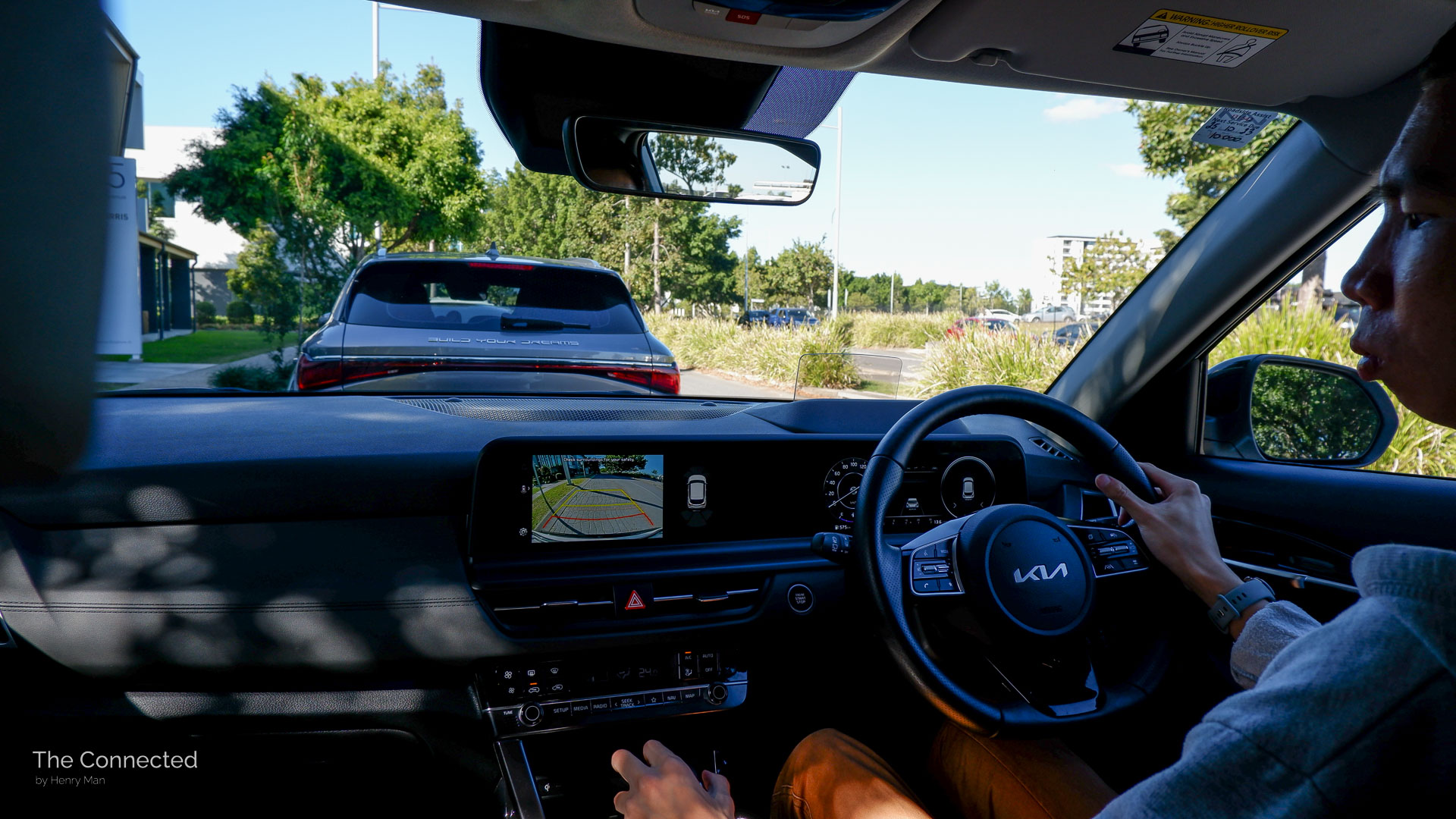
Additionally, buyers can also choose from a range of other small SUVs, including the Mazda CX-30 ($30,610 before on-roads); Toyota Corolla Cross ($33,980 before on-roads); Nissan Qashqai ($33,890 before on-roads); Subaru Crosstrek ($34,990 before on-roads); Volkswagen T-Roc ($38,890 before on-roads); Skoda Kamiq ($37,990 drive-away); and Renault Arkana ($37,500 before on-roads).
Cheaper alternatives include the Mitsubishi ASX ($23,990 before on-roads); MG ZST ($26,990 before on-roads); GWM Haval Jolion ($28,490 drive-away); and Chery Omoda 5 ($32,990 drive-away).
Keep in mind, at the Seltos’ price range, there are also a variety of small hatchbacks and sedans to look at and it overlaps with medium family SUVs too, including the Kia Sportage.
Buyers looking at the top-end Seltos GT-Line can also consider all-electric SUVs, including the BYD Atto 3 ($48,011 before on-roads) and MG ZS EV ($44,990 before on-roads).

Would I pick the 2024 Kia Seltos?
The facelifted Kia Seltos is a decent upgrade that brings it on brand with the company’s newest design theme.
It also carries over practical old elements with more advanced connected tech in a family-friendly, comfortable and practical small SUV package.
However, despite the inevitable price increases, it still relegates important features such as adaptive cruise control, LED lights and a boot cover to upper-spec models, exhibited an over-sensitive light sensor on my two testers, and the interior hasn’t improved much and now feels dated compared to other rivals.

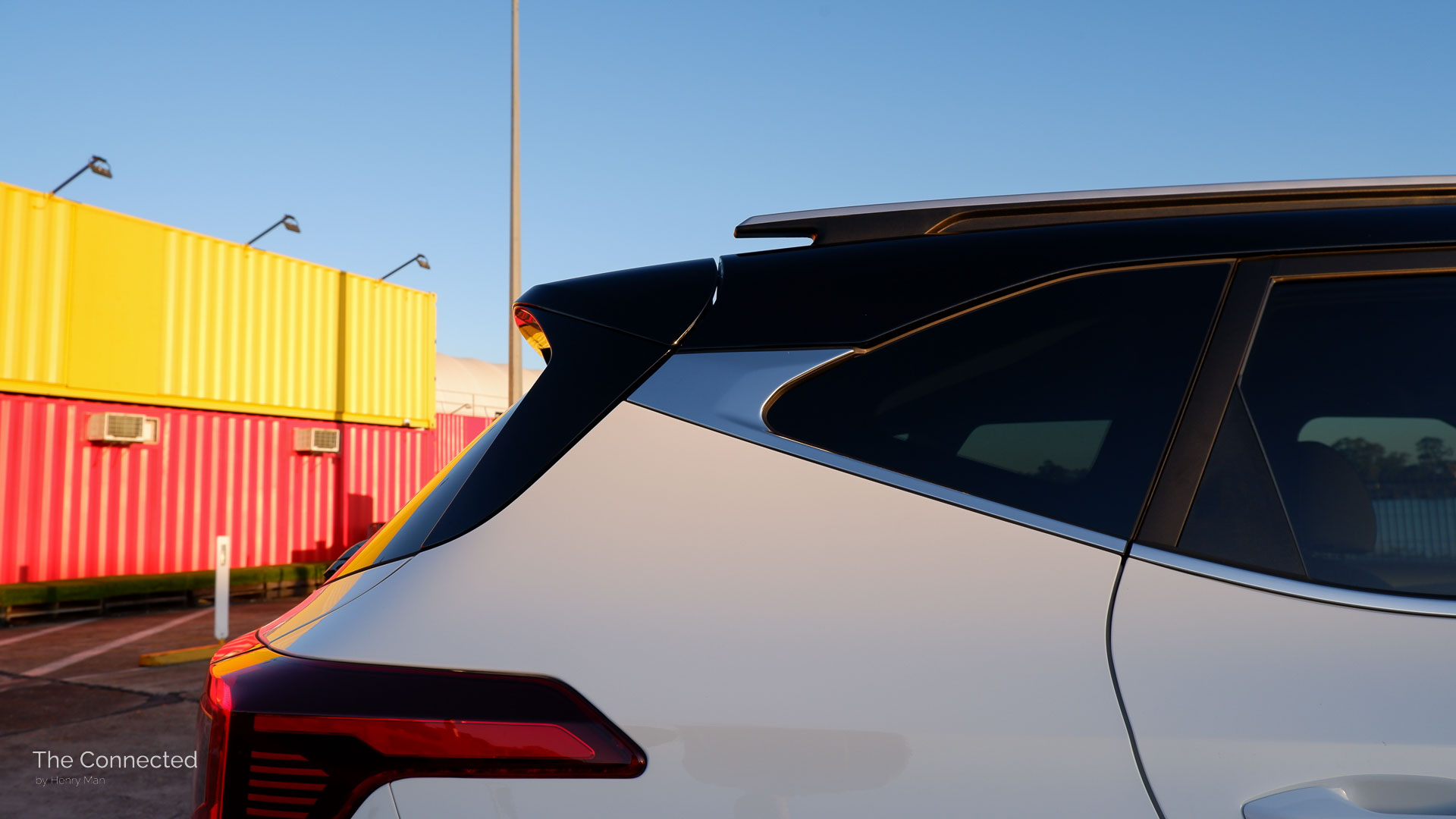
The update has also introduced the irritating speed limit assist warning system and, despite a torque converter auto on the 1.6T engine, it doesn’t feel as responsive compared to the standard 2.0-litre’s CVT.
I’d stick to the base Kia Seltos S for the best value.
Otherwise, look at the new Hyundai Kona or step up to the similarly-priced Sportage medium SUV.
Photographs by Henry Man
READ MORE: 2023 Kia Sportage SX+ review: But the GT-Line…
READ MORE: 2024 Hyundai Kona review: Grown up.
READ MORE: 2024 Volkswagen T-Roc review: Best of VW?
READ MORE: 2023 Hyundai i30 Sedan N review: The only one?
About the Author.
Henry Man is an independent content producer passionate about the intersection of technology and transportation.
The former automotive journalist is committed to critically detailed vehicle reviews, balanced reporting, and producing content in the public interest.
The Connected represents an altruistic and truly independent initiative to publish content without commercial conflict-of-interests. Learn more.


